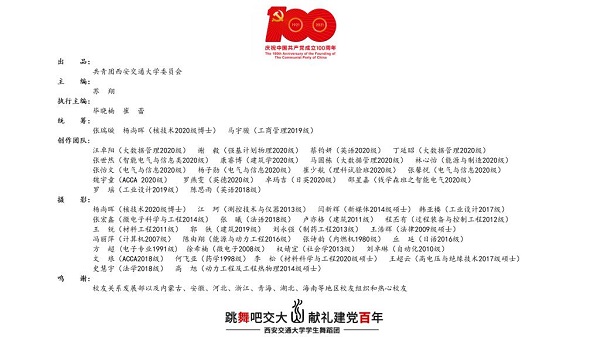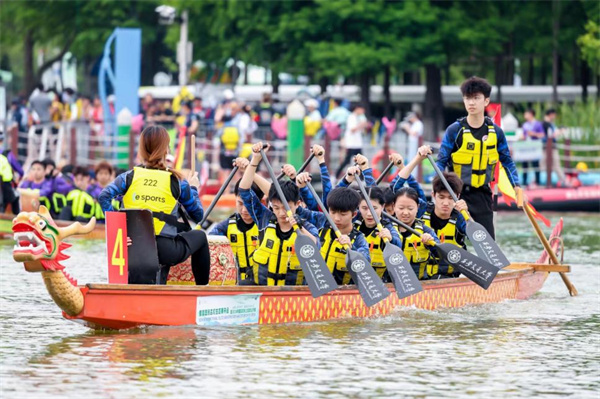XJTU looks back at the CPC's centenary history in 100 photos
"Dancing, Jiaotong University", this event was initiated by Xi'an Jiaotong University (XJTU) and traveled all over China. A total of 162 teachers, students, and alumni carefully prepared for six months, traveled to 31 provincial capitals, municipalities, and special administrative regions, checked in 100 landmarks, and looked back at 100 years of history of the Communist Party of China (CPC) in 100 photos.
Using photos, this activity aimed to tell the stories of the Party's history in last 100 years, convey the patriotism of XJTU through dance, and inherit the school's "westward relocation spirit".
For 100 years, the CPC has united and led the Chinese people to fight for their own happiness, despite any vicissitudes, the original heart of the Party has not changed. Each site and historical event has become testimony to the Party's original intentions and mission.
From July 23 to 31, 1921, the First National Congress of the CPC was held at No 106 Wangzhi Road (now No 76 Xingye Road), Shanghai.
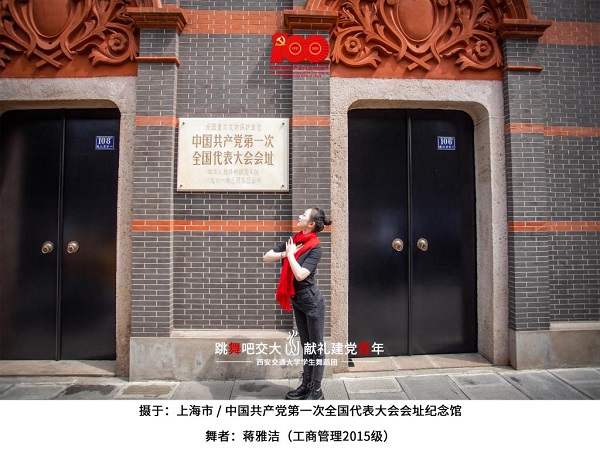
On July 31, 1921, the First National Congress of the CPC closed on a boat on the Nanhu Lake, Jiaxing, Zhejiang province, announcing the birth of the CPC.
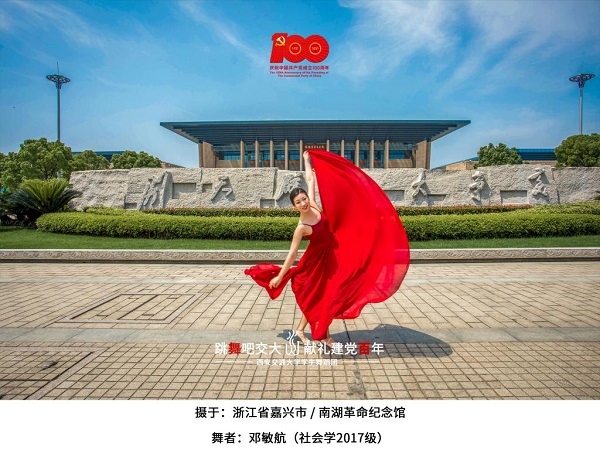
From July 16 to 23, 1922, the Second National Congress of the CPC was held at No 30, Lane 7, Old Chengdu North Road, Jing'an district, Shanghai (formerly No 625, Fudeli, South Chengdu Road), and the Constitution of the Communist Party of China was officially born.
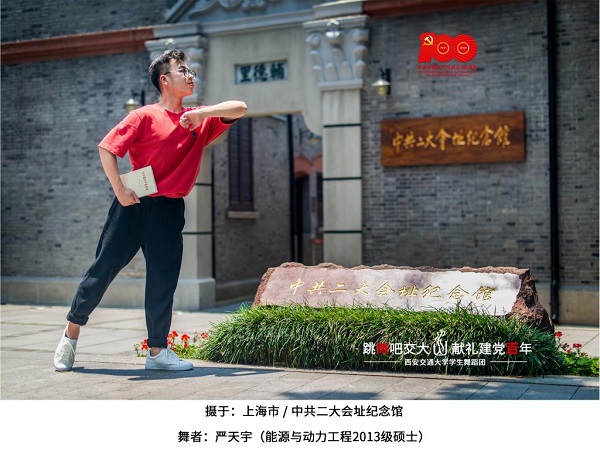
On June 16, 1924, the Huangpu (Whompoa) Military Academy, the first military school in Chinese modern history to train revolutionary army cadres, was established in Guangzhou, South China's Guangdong province. When the generals of the People's Republic of China were awarded the title in 1955, five of the ten marshals came from this school.
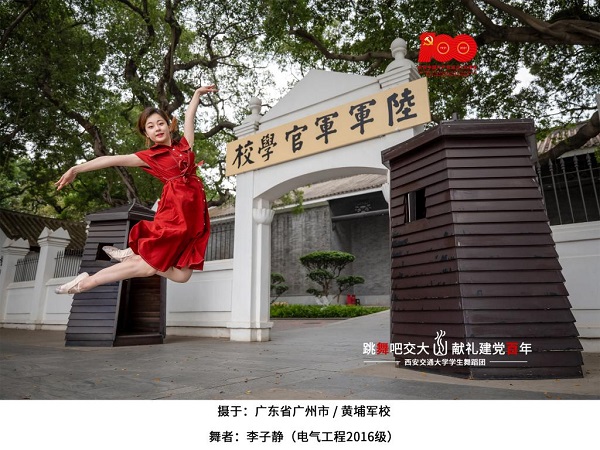
From Jan 11 to 22, 1925, the Fourth National Congress of the CPC was held in Shanghai. It raised the issue of the leadership of the proletariat in the democratic revolution and the alliance of workers and peasants for the first time.
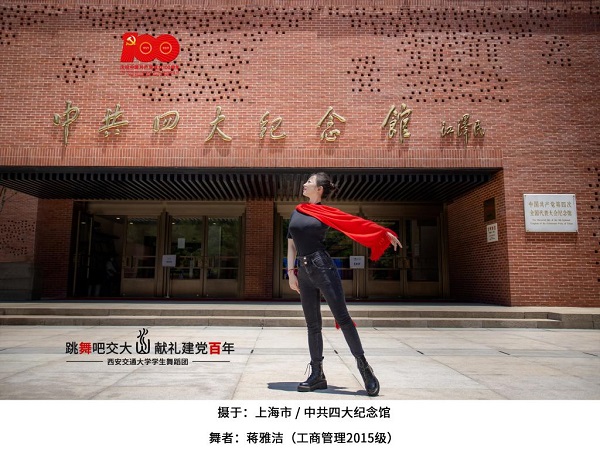
From April 27 to May 9, 1927, the Fifth National Congress of the CPC was held in Wuhan, Central China's Hubei province. During this congress, the first central discipline inspection and supervision agency was elected. It was proposed clearly that institutionalizing strict Party discipline, especially political discipline, was the most important obligation of the whole Party.
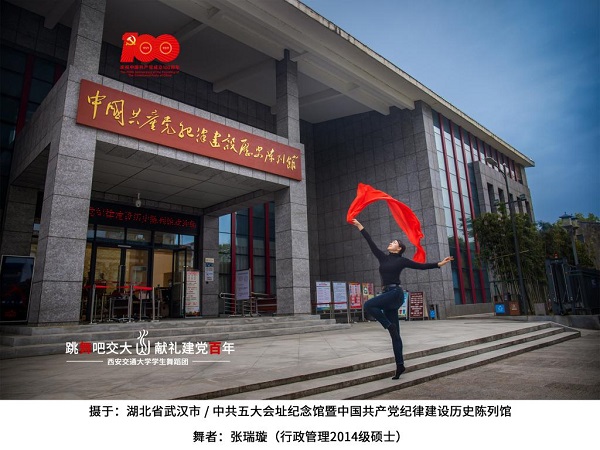
On Aug 1, 1927, the CPC initiated an armed uprising in Nanchang, East China's Jiangxi province. It fired the first shot of armed resistance against the Kuomintang reactionaries and opened the prelude to the independent leadership of the CPC in armed struggle and the creation of a revolutionary army.
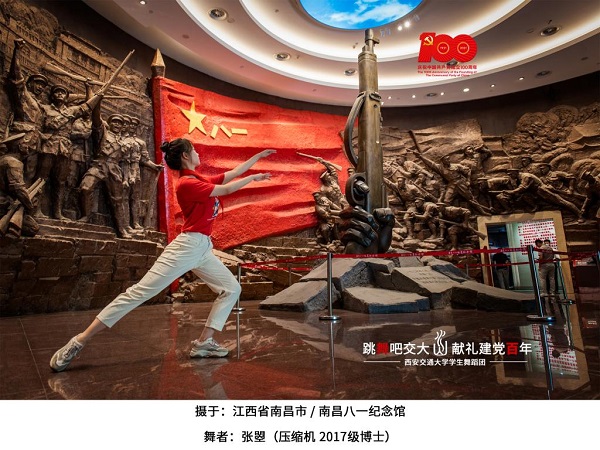
On Aug 7, 1927, the Political Bureau of the CPC Central Committee held an emergency meeting in Hankou, Hubei province, to determine the general policy for agrarian revolution and armed struggle against the Kuomintang reactionaries. The famous principle that "political power comes from the barrel of a gun" was born.
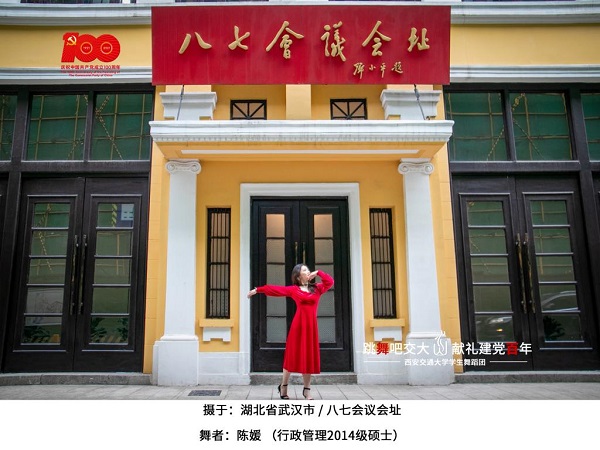
In September 1927, the Qiongya (Hainan's former name) revolutionary forces began to take shape. It was well-known for "the fight of 23 years" under the CPC leadership until the island's liberation campaign in 1950. The Hainan Revolutionary Martyrs Monument was built in April 1954 to commemorate more than 20,000 martyrs, including the Red Detachment of Women, who persevered in the battle.
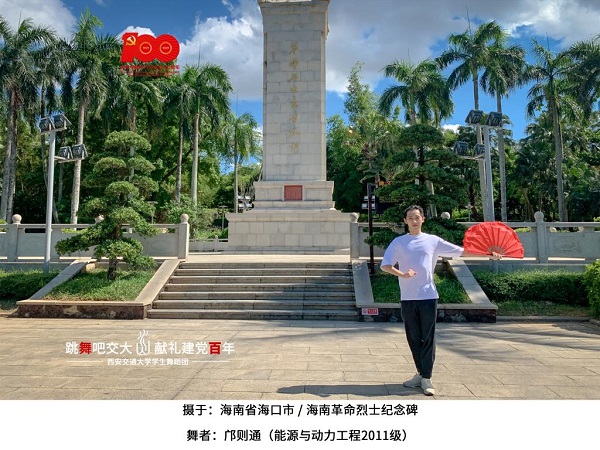
From Sep 29 to Oct 3, 1927, Mao Zedong led the world-famous "Sanwan Reorganization" in Sanwan village in Yongxin county, Jiangxi. This event guaranteed the Party's absolute leadership over the army, both politically and organizationally. This was the earliest successful exploration and practice of the Party's building of a new type of people's army, and it marked the beginning of Mao Zedong's thoughts on building a people's army.
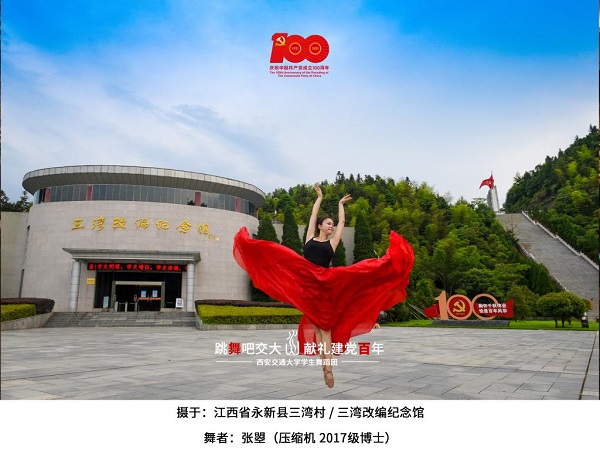
On Dec 11, 1927, the CPC led the workers and peasants' armed forces to launch the Guangzhou Uprising, which gave birth to the first urban Soviet government in China—the Guangzhou Soviet government.
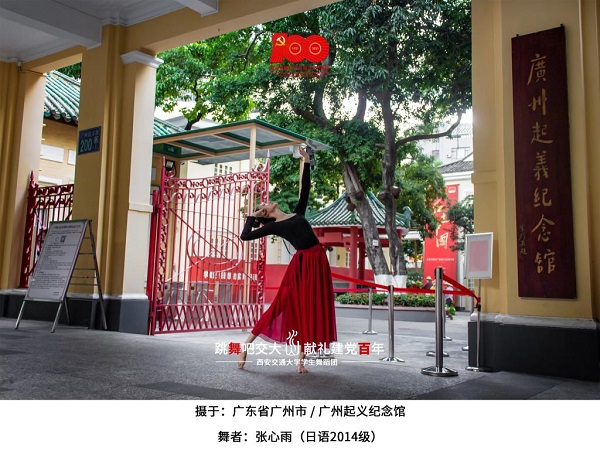
In April 1928, Zhu De and Chen Yi led the remaining men of the Nanchang Uprising and approximately 10,000 men from the Hunan Uprising to Jinggang Mountain to join forces with Mao's troops of the Autumn Harvest Uprising.
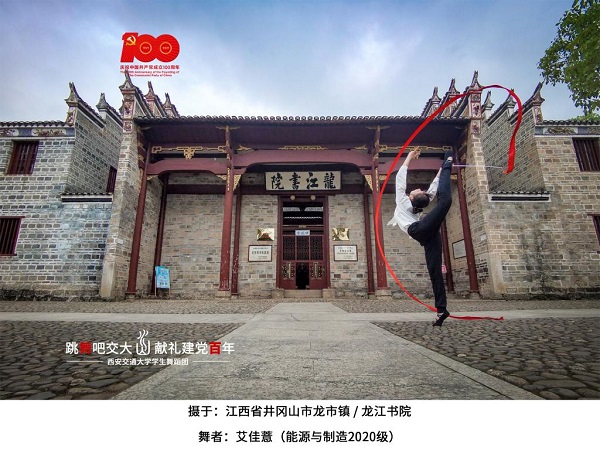
On Dec 11, 1929, the Baise Uprising began, forming the Seventh Army of the Chinese Workers' and Peasants' Red Army. This was a glorious practice of the "armed independent regime of the workers and peasants" in the minority areas of Guangxi and was inspired and encouraged by the Nanchang Uprising, Autumn Harvest Uprising, and Guangzhou Uprising.
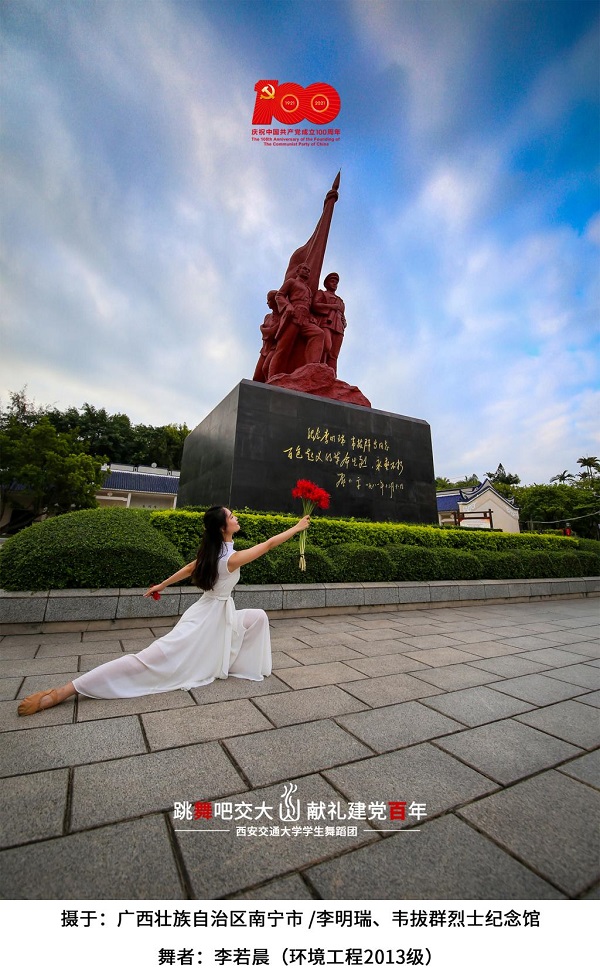
From Dec 28 to 29, 1929, the Ninth Congress of Representatives of the CPC in the Fourth Red Army was held in Gutian village, Shanghang county, Fujian province. The New Front Enemy Committee was elected with Comrade Mao Zedong as its secretary.
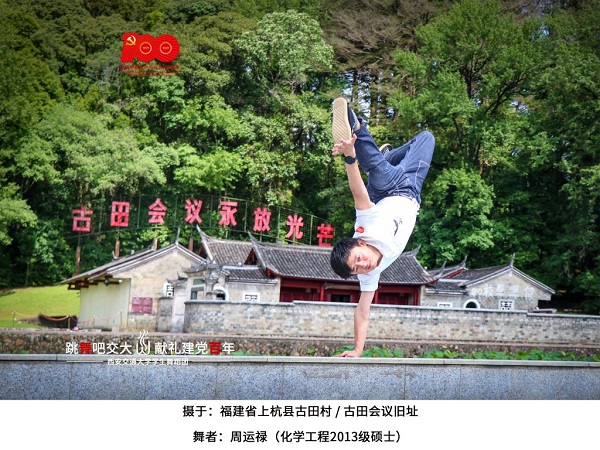
In November 1931, the Fourth Front Army of the Chinese Workers' and Peasants' Red Army was established in Qiliping, Hubei province.
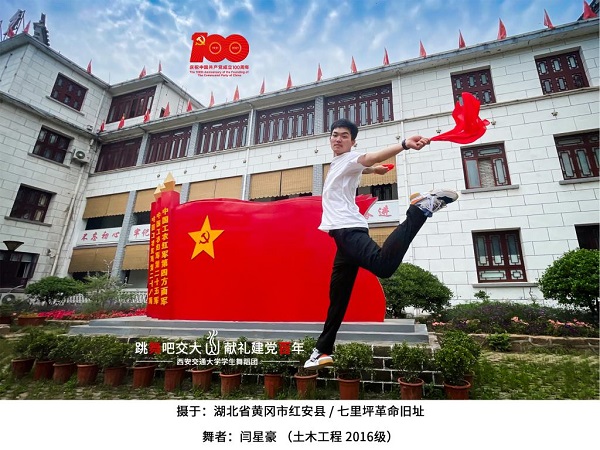
From October 1934 to October 1936, the Chinese Workers' and Peasants' Red Army wrote an unparalleled heroic epic in human history—the 25,000-li (7,767 miles) Long March. The Red Army fought more than 380 battles, defeated hundreds of regiments of the Kuomintang troops, and captured more than 700 counties. As many as 430 cadres above the battalion commander level were sacrificed, with an average age of less than 30 years old.
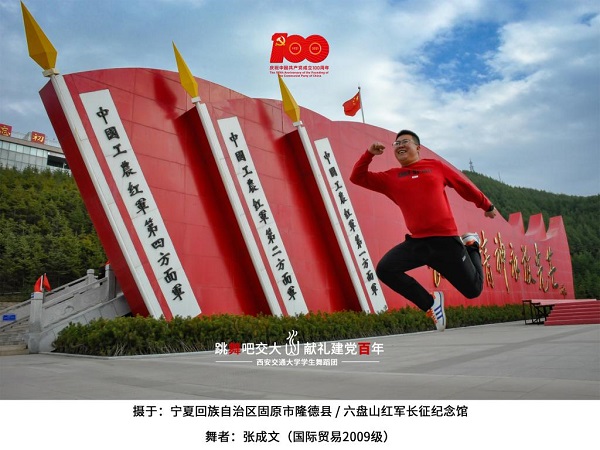
During the Long March, the Red Army passed through 14 provinces, climbed 18 large mountains, crossed 24 deep rivers, walked over grasslands, and climbed over snow-capped mountains. The three main forces of the Red Army joined together, signaling the victory of the Long March.
In January 1935, the Political Bureau of the CPC Central Committee held a meeting in Zunyi, Southwest China's Guizhou province. This meeting was the first time that the CPC independently used the basic principles of Marxism-Leninism to solve its own problems in line, principles, and policies. This development saved both the Party and the Red Army, marking a vital turning point in the history of the CPC.
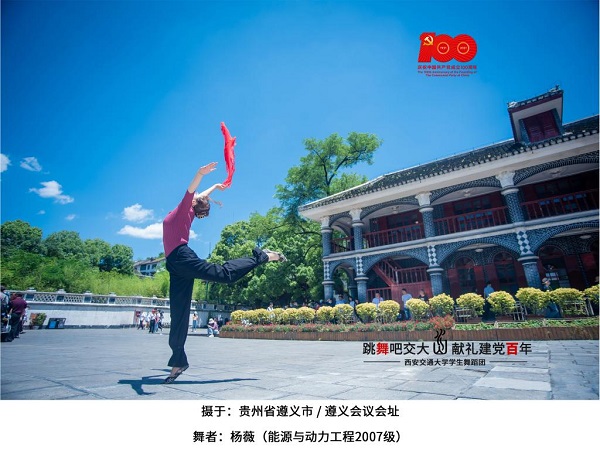
The Red Army crossed the Chishui River in Guizhou four times from Jan 19 to March 22, 1935. It was a decisive campaign conducted by the Red Army after the Zunyi Meeting which completely shattered the Kuomintang's plan to encircle the Red Army at the border of Sichuan, Guizhou and Yunnan provinces.
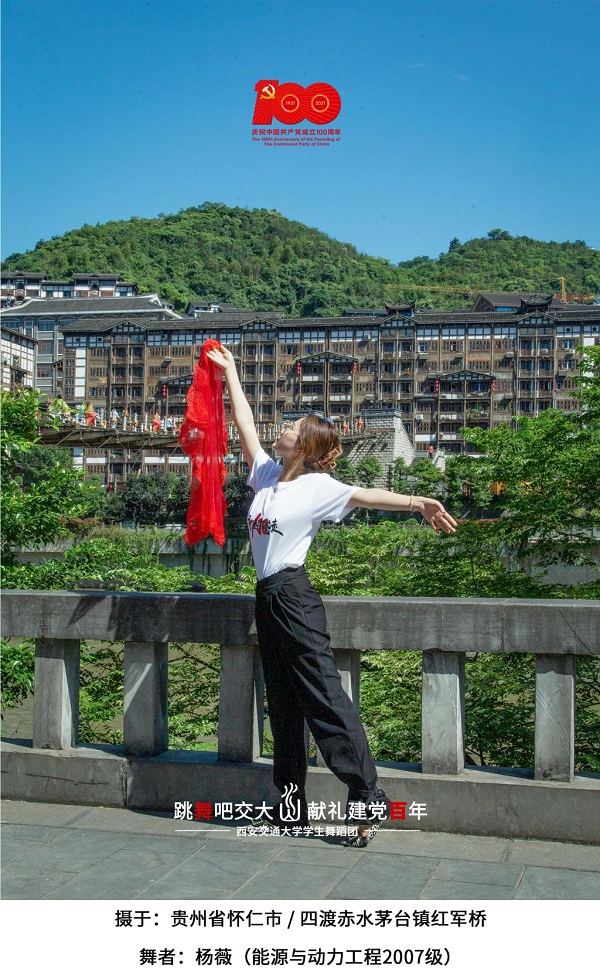
In February 1935, the Shaanxi-Gansu Border Revolutionary Base and the Northern Shaanxi Revolutionary Base were unified to become the Shaanxi-Gansu Revolutionary Base. This has a special position in the history of the Party, having made historic contributions to the Chinese revolution.
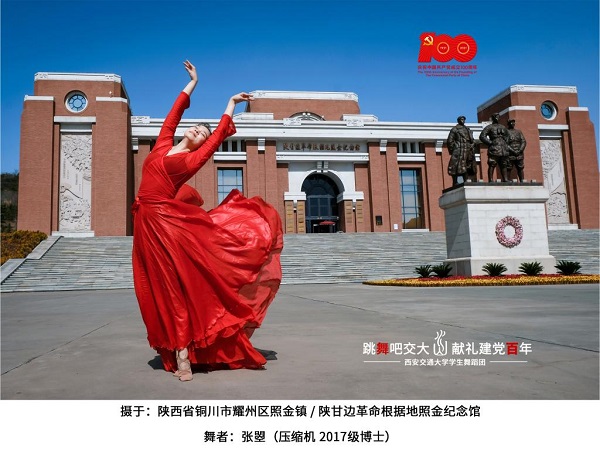
From Feb 25 to 26, 1935, when the First Front Army of the Chinese Workers' and Peasants' Red Army and the Qian (Guizhou) Army fought at Loushanguan Pass, the prelude to the Zunyi Campaign began, ensuring the smooth convening of the Zunyi Meeting.
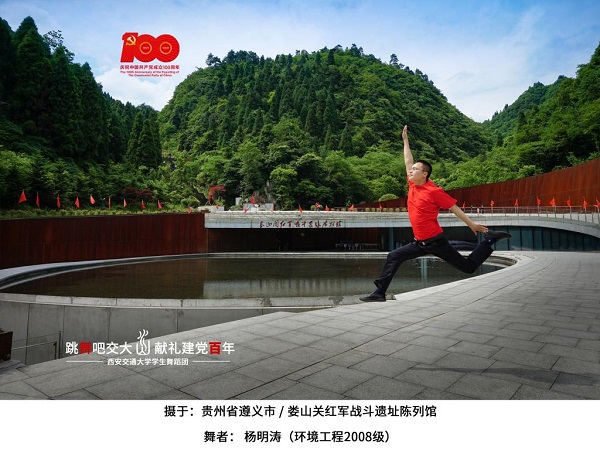
From Dec 17 to 25, 1935, the Political Bureau of the CPC Central Committee held an enlarged meeting (namely the Wayaobao Meeting) in Wayaobao, Anding county (now Zichang county), northern Shaanxi province. The meeting determined the establishment of the Anti-Japanese National United Front, and was an extremely important event during the transition from the Agrarian Revolutionary War (1927-37) to the War of Resistance against Japanese Aggression (1931-45).
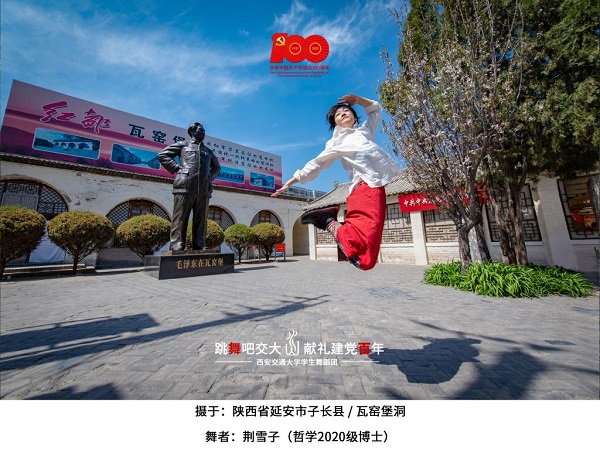
From 1935 to 1948, Yan'an was the seat of the Central Committee of the CPC and the rear of the Chinese people's liberation struggle. During the 13 years, it experienced a series of major events that influenced and changed the course of China's history.
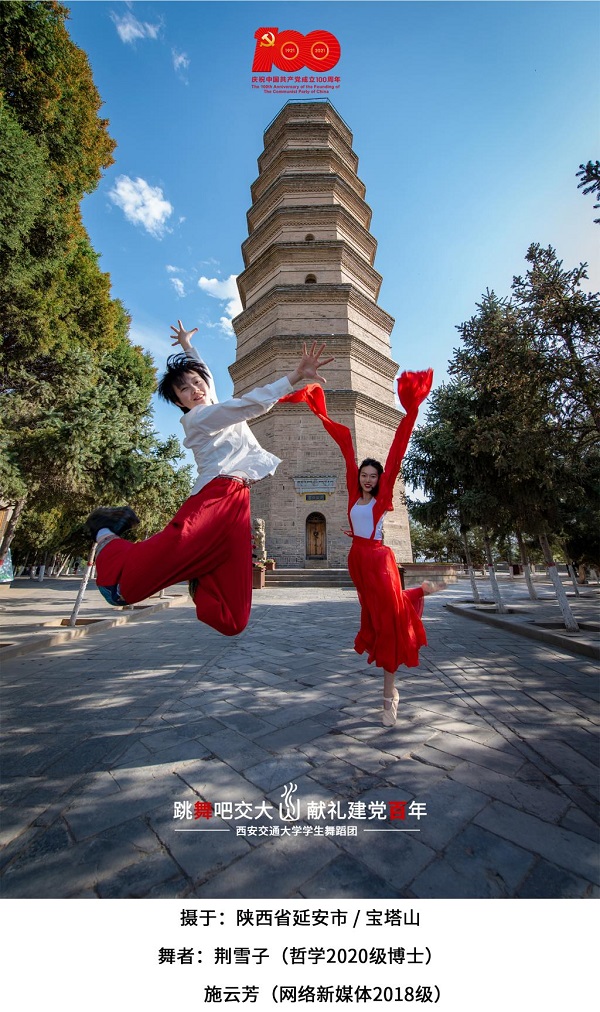
On Dec 25, 1936, the "Xi'an Incident" was settled in a peaceful way, preparing the necessary prerequisites for the establishment of the Anti-Japanese National United Front. This became a turning point from the Civil War to the War of Resistance against Japanese Aggression (1931-45).
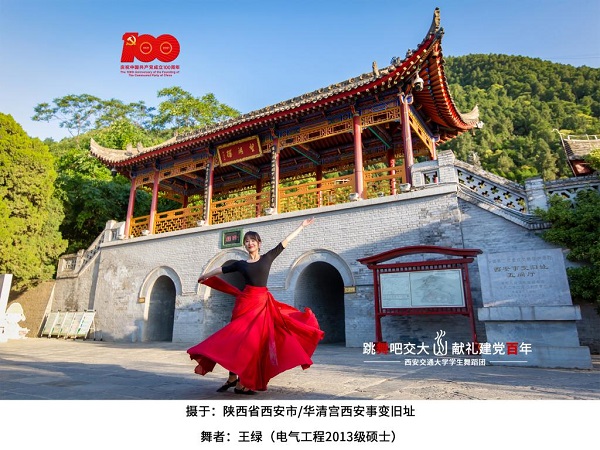
In August 1937, the CPC Central Committee announced the "Ten-point Program for Resisting Japan and Saving the Country" at the Luochuan Meeting in Shaanxi province. The Central Military Commission issued an order to reorganize the main force of the Chinese Workers' and Peasants' Red Army into the Eighth Route Army of the National Revolutionary Army. It was to be led by Commander-in-chief Zhu De and was sent to northern China to fight against the Japanese invaders.
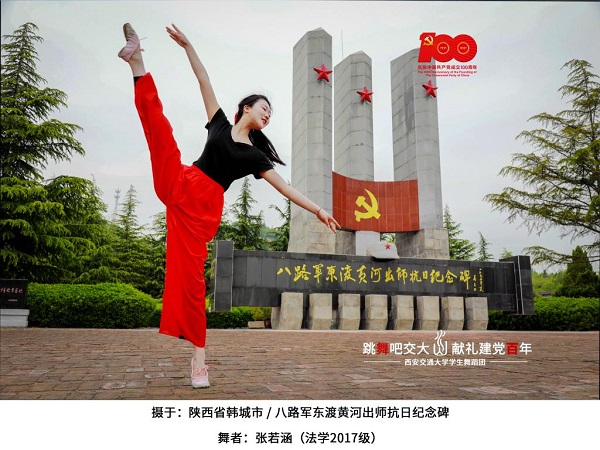
On Sept 25, 1937, the Eighth Route Army successfully ambushed the Japanese at Pingxingguan, Shanxi province. They used a large concentration of forces for the first time and achieved a victory in the first battle.
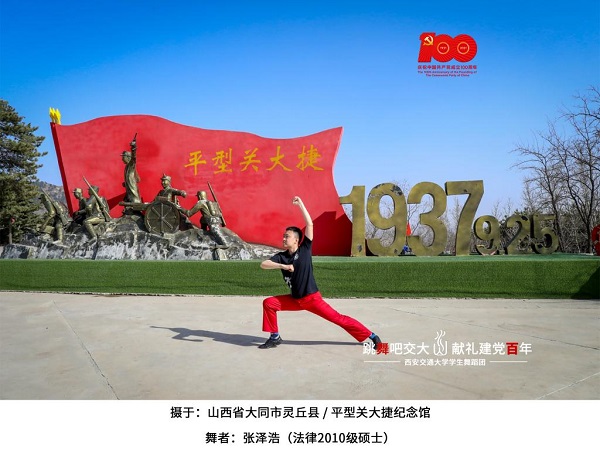
In November 1937, the Taihang Anti-Japanese Base was established. This was part of the Shanxi-Hebei-Shandong-Henan Anti-Japanese Base and was one of the main battlefields of the Hundred Regiments Offensive.
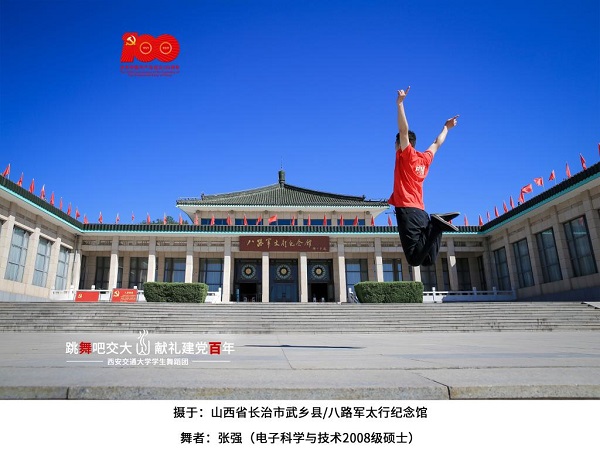
In October 1938, the CPC Central Committee established the "Eight Route Army Office in Luoyang" in Luoyang, Henan province, to carry out united front work, cover Party activities, mobilize the people to join the anti-Japanese national salvation movement, transport cadre, youth, and supply materials for the Party and the army. As a result it became the "revolutionary hub" of the Party in western Henan.
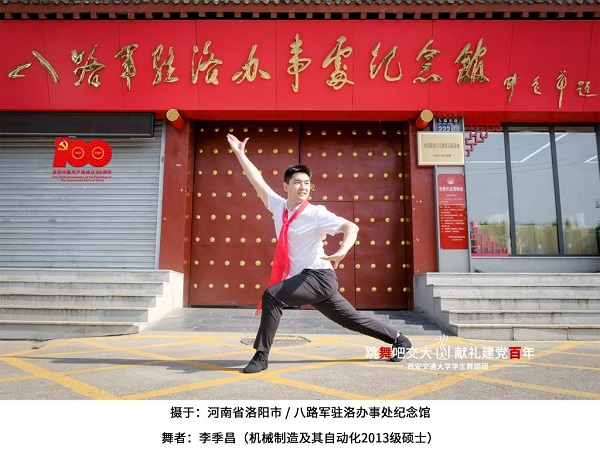
From 1938 to 1947, the mass production movement carried out by the CPC in Yan'an was a strategic decision made by the Central Committee. They did this to meet the objective needs for the development of the situation and strive for the victory of the War of Resistance against Japanese Aggression (1931-45) and even the New-Democratic Revolution.
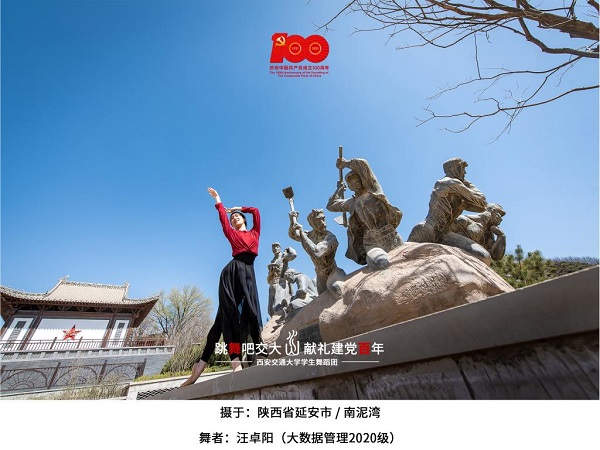
From Aug 20 to Dec 15, 1940, the Eight Route Army launched a large-scale offensive and anti-“mopping-up" campaign behind enemy lines in northern China; this was called the "Hundred Regiments Offensive".
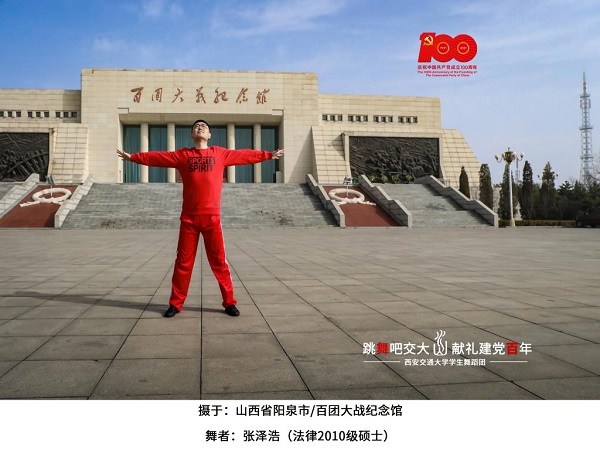
In January 1941, the CPC Central Committee rebuilt the New Fourth Army headquarters in Yancheng, northern Jiangsu province, which became an important factor for the Chinese people to win an overall victory in the War of Resistance against Japanese Aggression (1931-45). This headquarters made major contributions in supporting the victory of the World Anti-Fascist War.
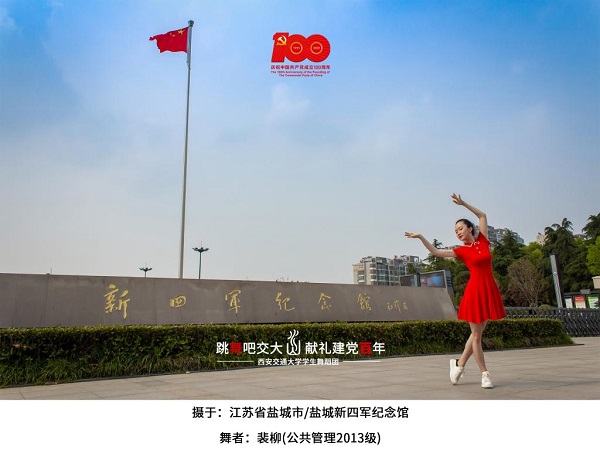
In 1941, the CPC founded its first comprehensive university—Yan'an University.
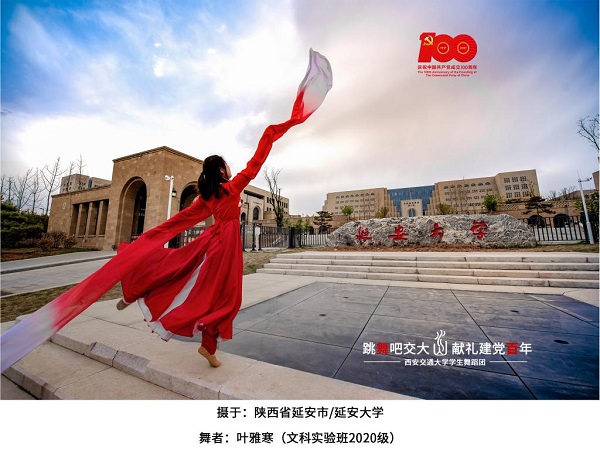
From October 1944 to May 1945, the CPC led the anti-Japanese army and civilians to fight in a bloody battle in order to open up the main battlefield for the Eight Route Army in the West Henan. This allowed them to penetrate the link between the Hubei, Henan and Anhui Bases and the Yan'an rear defense, therefore enabling them to establish a stable local regime in the county and in the village.
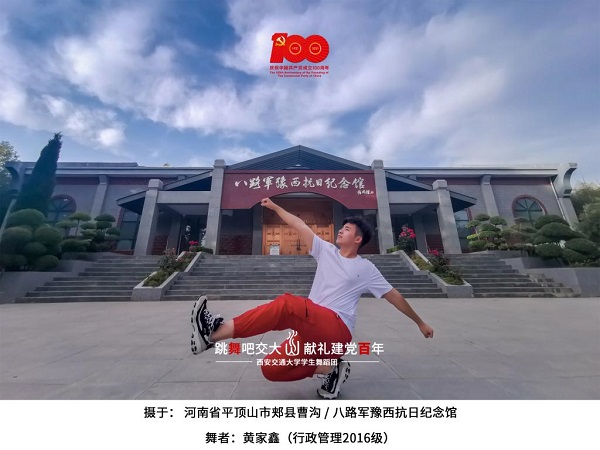
On Oct 10, 1945, the CPC delegation and the Kuomintang government representatives signed the Double Tenth Agreement in Chongqing.

From May 13 to 16, 1947, the East China Field Army of the Chinese People's Liberation Army wiped out the 74th Division of the National Revolutionary Army, which was recognized as the "head of the five main forces" of the Kuomintang across the Menglianggu area, the southeast of Mengyin county, Linyi city, Shandong province, and reversed the situation in East China in one fell swoop.
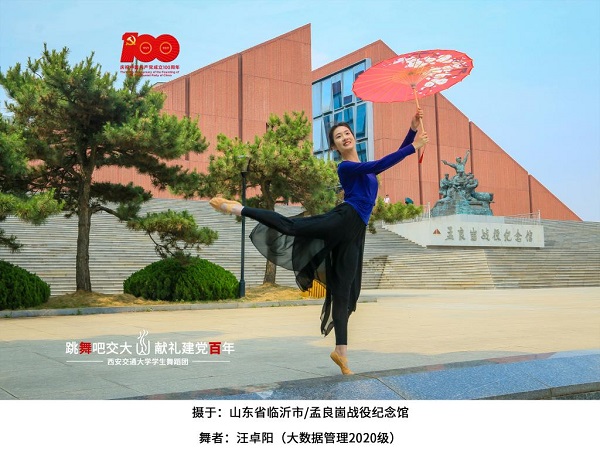
From Aug 7 to 27, 1947, the Central Military Commission of the CPC formed a strategic commando with the main force of the Shanxi-Hebei-Shandong-Henan Field Army, marching thousands of miles into the Dabie Mountain, and laying the foundation for a nationwide strategic offensive.
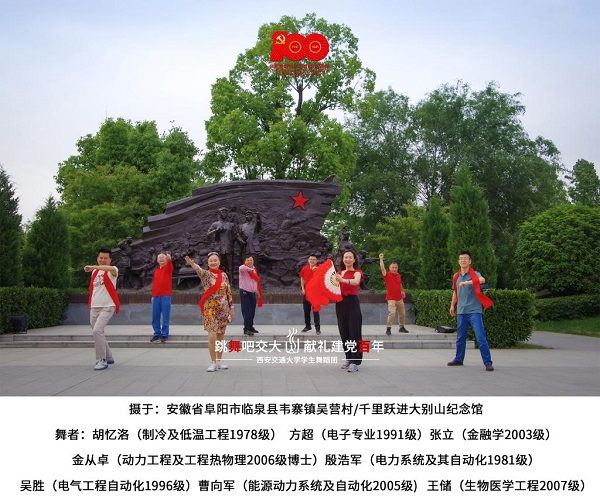
In 1948, the CPC set the groundwork for the development of Beidahuang, or the Great northern wilderness, through immigration. For more than 70 years, the area has produced a large amount of grain for the country, and has become not only the most modernized commodity grain production base in China, but also has the highest commodity rate.
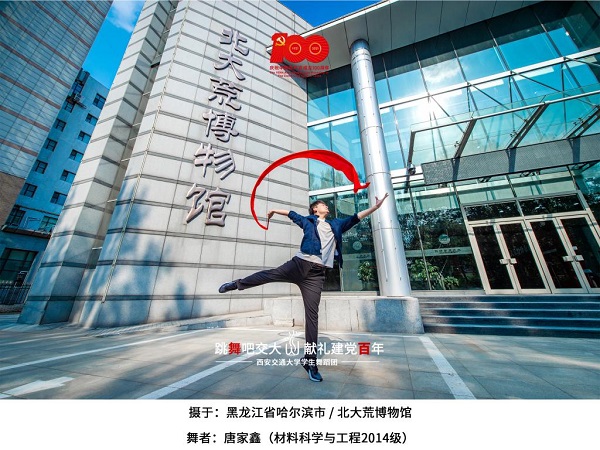
From Nov 29, 1948 to Jan 31, 1949, the Northeast Field Army of the Chinese People's Liberation Army and the North China Military Region launched the "Pingjin (Beiping-Tianjin) Campaign", liberating large areas of northern China, including Beiping (now Beijing) and Tianjin. This battle was also the last of the three major battles that were decisive in the War of Liberation (1945-49).
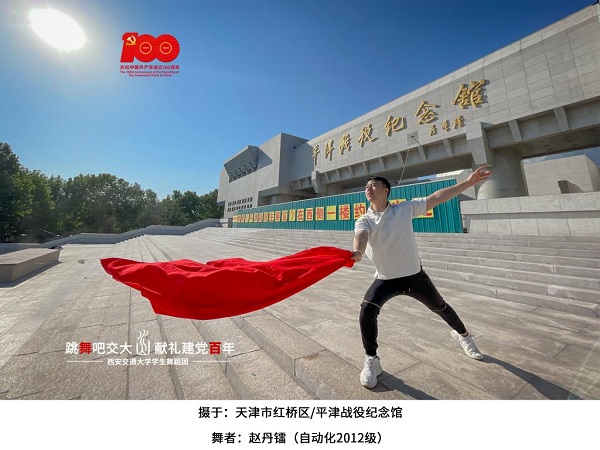
From March 5 to 13, 1949, the Second Plenary Session of the Seventh Central Committee of the CPC was held in Xibaipo, Pingshan county, Hebei province. This was the only plenary meeting held by the CPC Central Committee during the War of Liberation (1945-49).
This meeting described the grand blueprint of New China and determined its major policies. They sought to promote and welcome the national victory, prepare for the various different construction works across the country, and to ensure China's transition from new democracy to socialism. The meeting fully prepared the outline of the transformation, politically, ideologically, and theoretically.
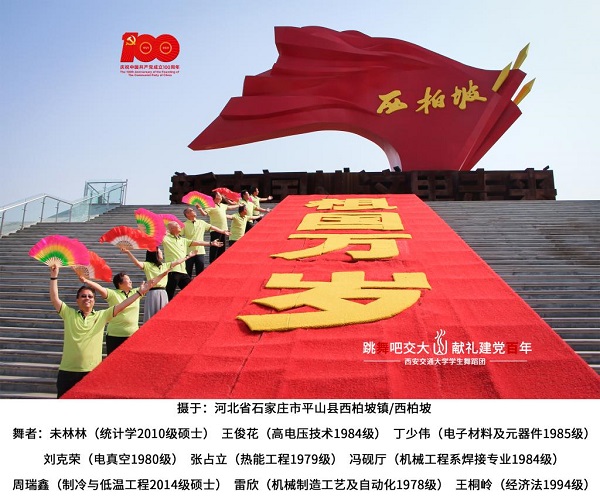
From April 20 to 21, 1949, the Second Field Army and the Third Field Army of the Chinese People's Liberation Army launched and won the Yangtze River Crossing Campaign, which created favorable conditions for the army to continue to advance southward and liberate the provinces there.
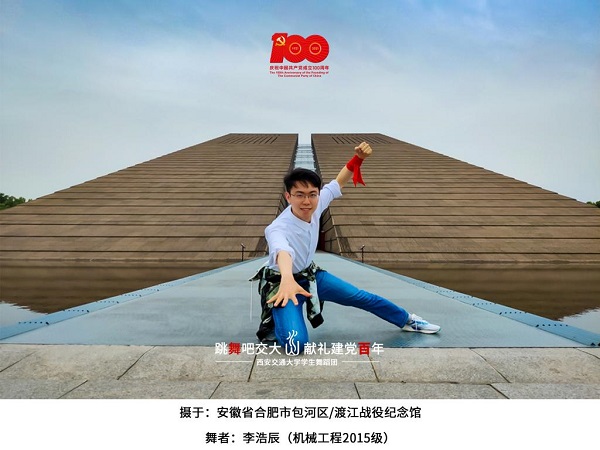
On April 23, 1949, the East China Navy, the first navy of the Chinese People's Liberation Army, was born in Baima Temple, Taizhou city.
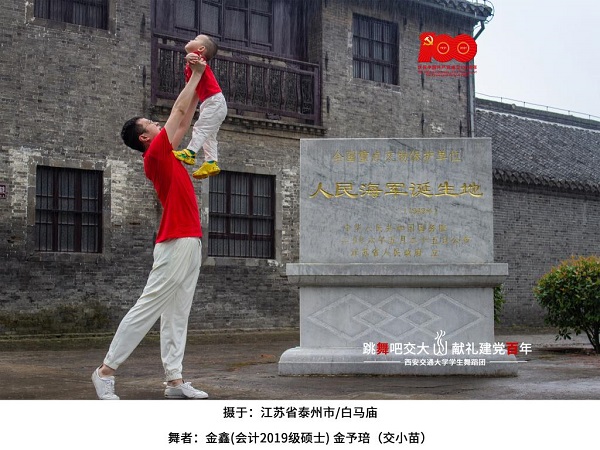
In 1949, in the Zhazidong detention house at the foot of the Gele Mountain in Chongqing, more than 100 Party members, including Jiang Zhuyun and Zheng Jixian, showed strong will and determination to succeed in the revolutionary cause.
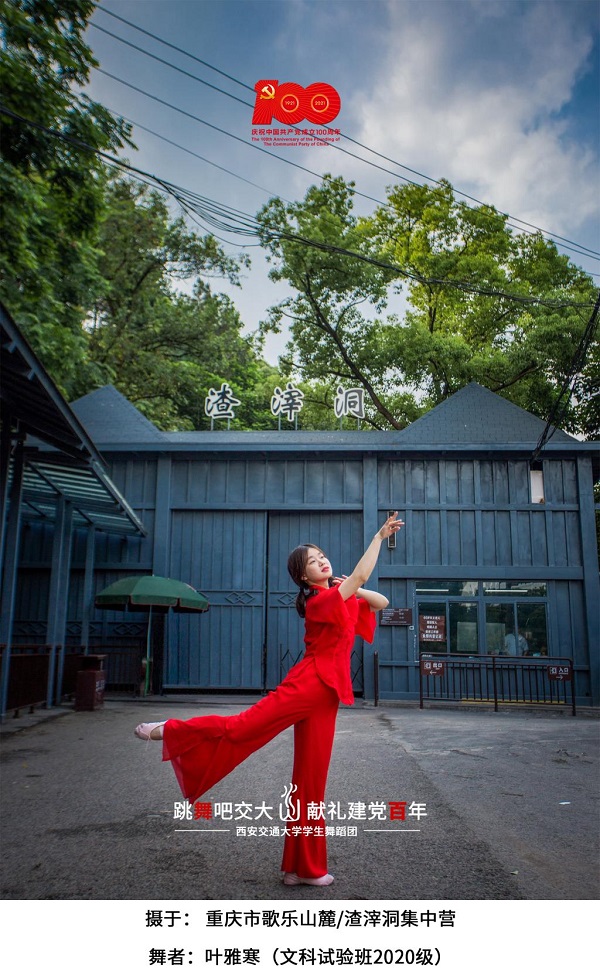
On Sept 19, 1949, the Suiyuan Peaceful Uprising realized the liberation of the Daqing mountain area. The Daqing Mountain Anti-Japanese Guerrilla Base was an important strategic area where, under the leadership of the CPC, ethnic minorities fought against foreign aggression and won.
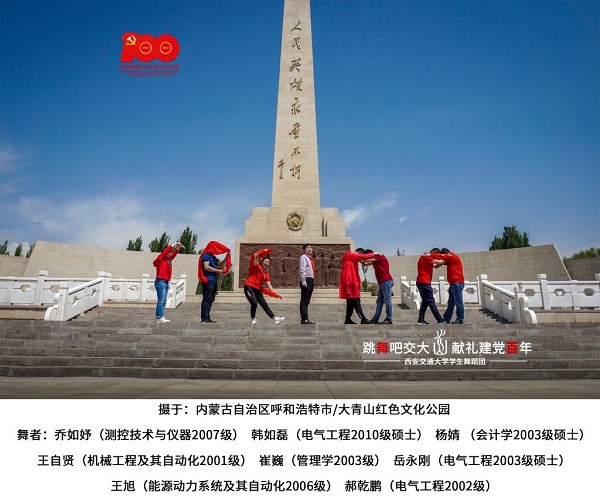
From Sept 21 to 30, 1949, the first plenary session of the Chinese People's Political Consultative Conference (CPPCC) was held in Huairen Hall, Zhongnanhai, Beiping (now Beijing).
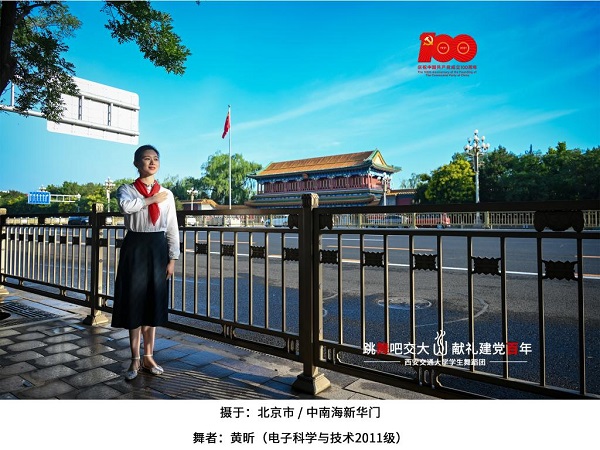
The meeting acted on behalf of the National People's Congress (NPC). The "Common Program of the CPPCC" was passed in the meeting and the Central People's Government Committee of the People's Republic of China (PRC) was also elected.
It was also decided that "March of the Volunteers" would be the acting national anthem, Peiping would be the capital and renamed Beijing, and the A.D. chronology was adopted.
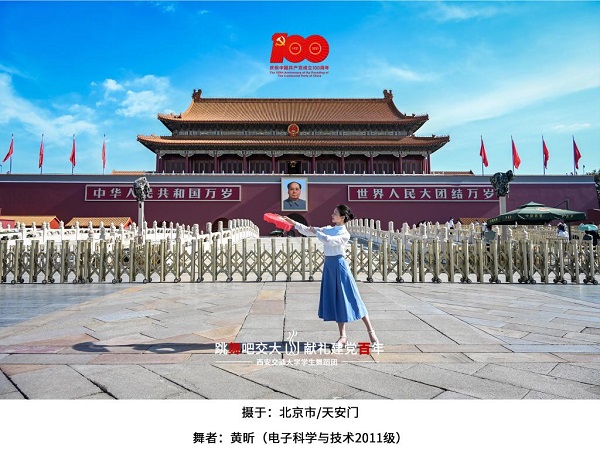
On Oct 1, 1949, Chairman Mao Zedong proclaimed the founding of the PRC to the world at Tiananmen Square in Beijing.
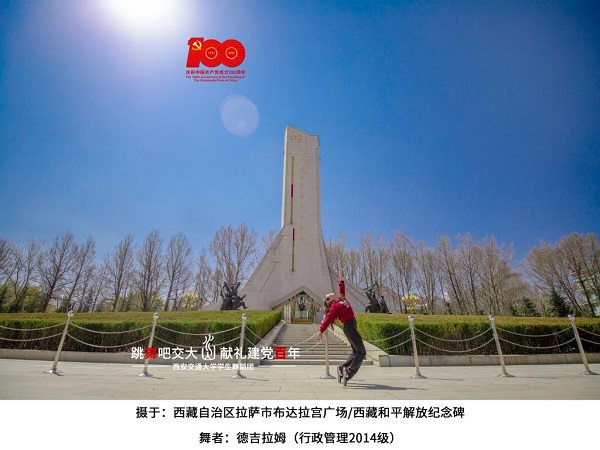
On May 23, 1951, Tibet was peacefully liberated. Since then, the Tibetan people have moved away from imperialist aggression, and more deeply feel the warmth of the big family that is the Chinese nation, turning over a new page in the history of Tibet.
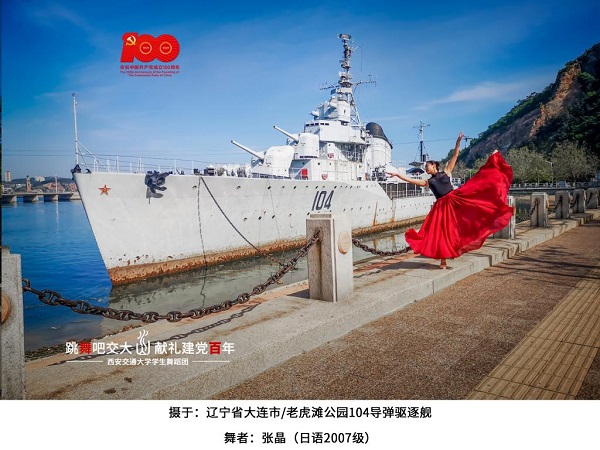
On July 22, 1954, the first destroyer force of the People's Navy was born. Its role is to defend China's maritime sovereignty and rights.
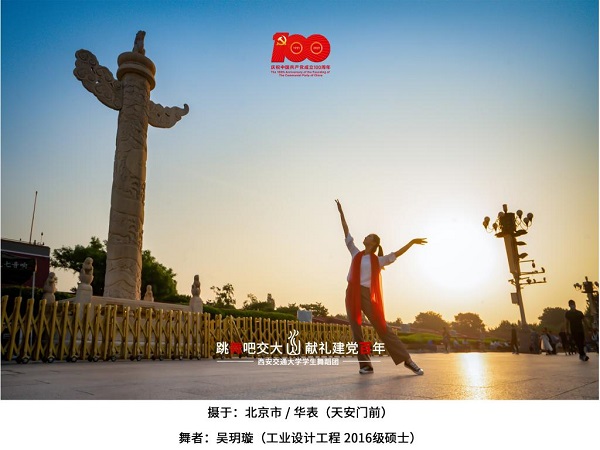
In September 1954, the First Session of the First NPC passed the "Constitution of the PRC", elected the chairman of the PRC and the Standing Committee of the National People's Congress, organized the State Council, and elected the president of the Supreme People's Court and the procurator-general of the Supreme People's Procuratorate.
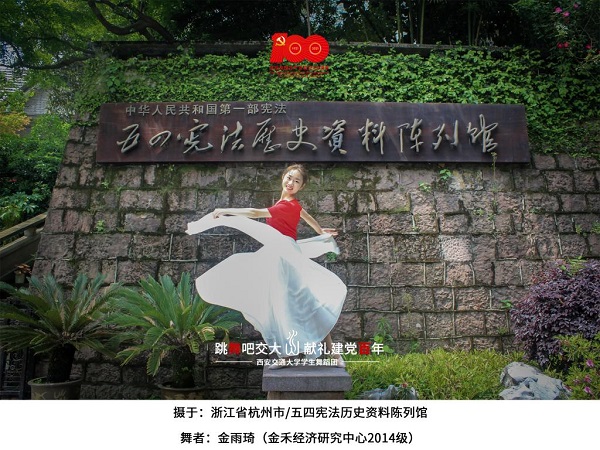
On Sept 20, 1954, the First National People's Congress of the PRC proclaimed the first constitution of the country: the 1954 Constitution of the PRC.
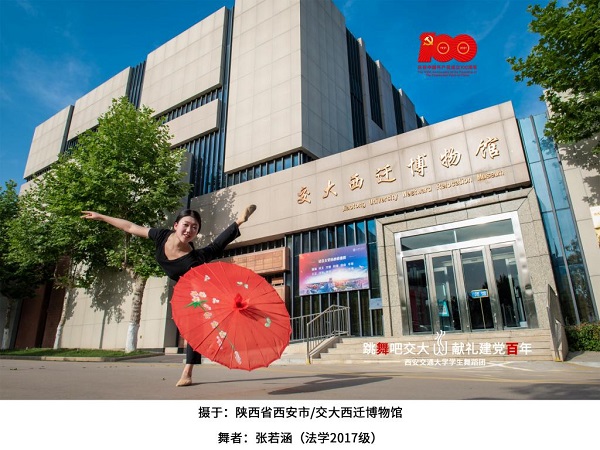
In 1955, the central government decided to move Jiaotong University to Xi'an. Since 1956, the teachers and students of Jiaotong University have also moved to Xi'an in droves in response to the call of the Party and the country.
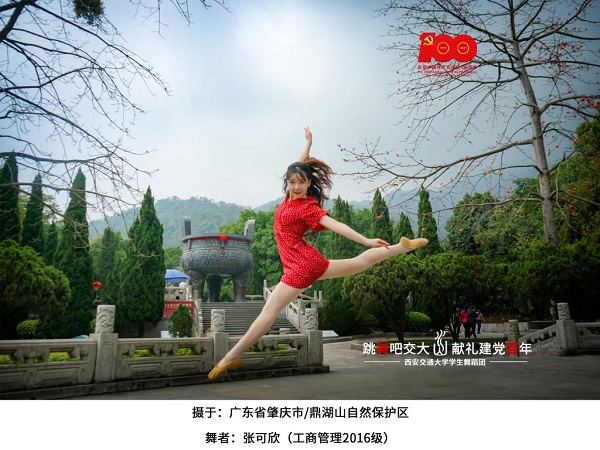
On June 30, 1956, China established its first natural reserve—Dinghushan National Nature Reserve in Guangdong province. It is referred to as a "species treasure house" and a "gene storehouse" by biologists, and is known as the "pearl" in the desert belt along the Tropic of Cancer.
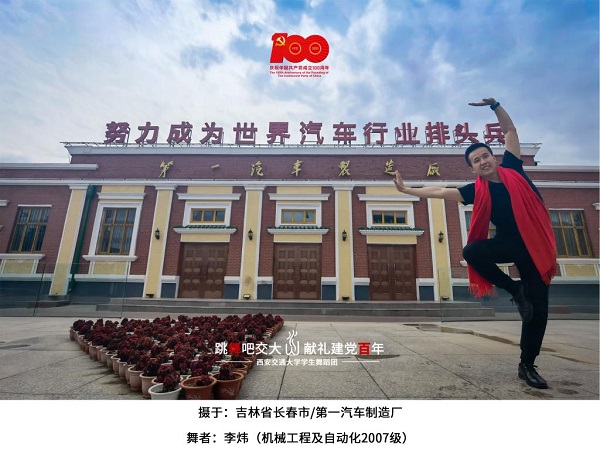
On July 13, 1956, China's first self-manufactured car, Jiefang, was born in Changchun, Northeast China's Jilin province.
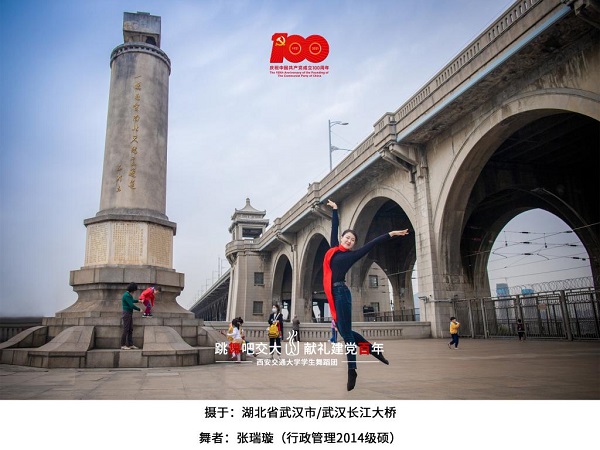
On Oct 15, 1957, China's first self-built bridge, the Yangtze River Bridge, was officially opened to traffic. The bridge effectively promoted economic and cultural exchange between Central China and other areas of the country.

In October 1958, China's first surface-to-air missile battalion was announced in Qinghe town, Beijing.
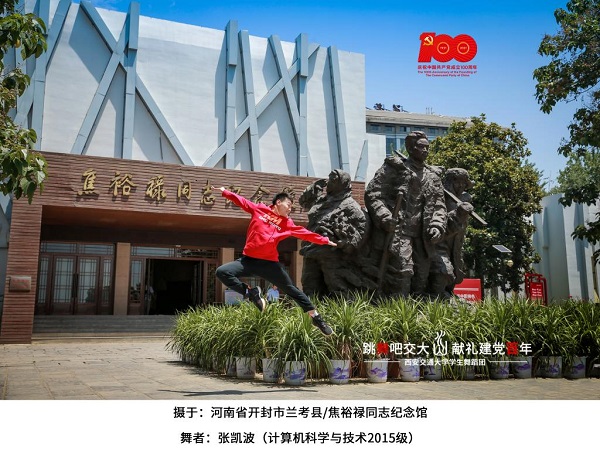
From December 1962 to 1964, Jiao Yulu, together with cadres and the masses of Lankao county, Kaifeng city, Henan province, fought tenaciously against devastating natural disasters. Despite suffering from liver cancer, he endured the severe pain and insisted on working, using his own incentive to forge the "Jiao Yulu spirit".
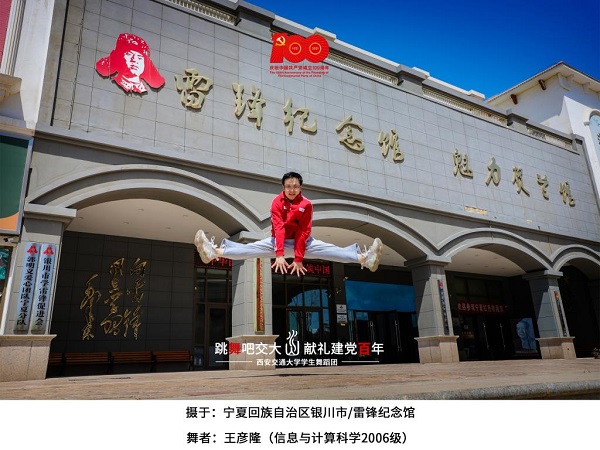
On March 5, 1963, People's Daily published Chairman Mao's inscription: "Learn from Comrade Lei Feng", calling on people across the country to learn from Lei Feng's Communist spirit.
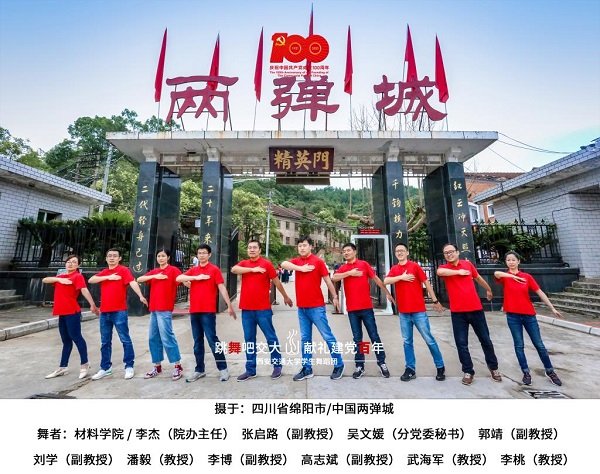
At 3p.m. on Oct 16, 1964, China's first atomic bomb exploded successfully. At 8 a.m. on June 17, 1967, China's first hydrogen bomb air-burst test was successful. The "two bombs" created China's nuclear shield, laid the cornerstone of national defense and security, and created a relatively peaceful and favorable international strategic environment for the development of China.
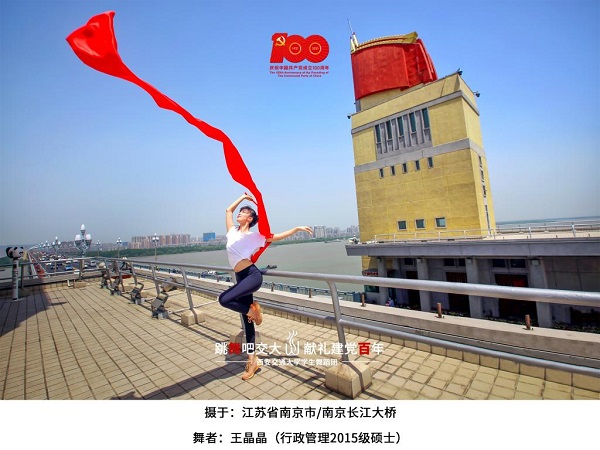
On Dec 29, 1968, the Nanjing Yangtze River Bridge was completed. The bridge was an important achievement in China's economic construction and also an important milestone in China's bridge construction. It had great economic, political and strategic significance, and was known as the "Bridge of Competitiveness".
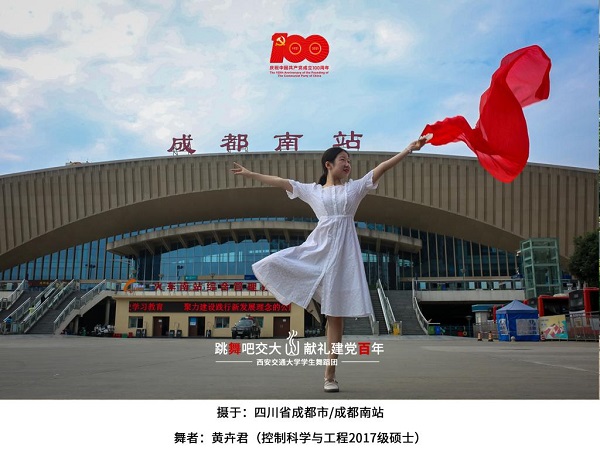
On July 1, 1970, the Chengdu-Kunming Railway was completed and put into operation, creating 18 railways in China and 13 others across the world. It won the "National Award for Science and Technology Progress" and was once called one of the "three miracles symbolizing the conquest of nature by human in the 20th century" by the United Nations.
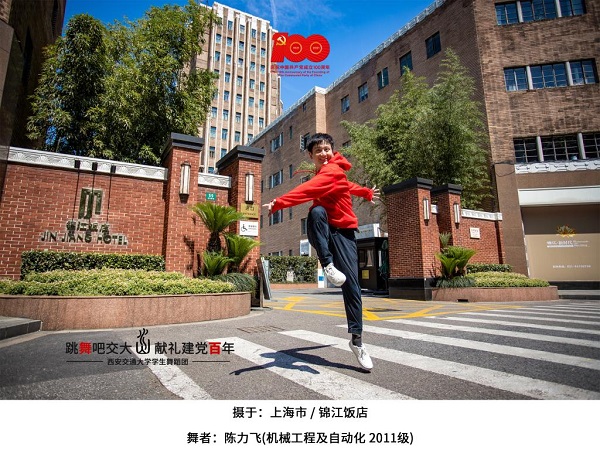
On Feb 28, 1972, China and the United States signed the "Sino-US joint communiqué" at the Shanghai Jin Jiang Hotel (the first state guesthouse in China). The Communiqué is an important historical document between China and the United States, outlining the relationship between the two countries regarding the Taiwan issue, and emphasizing adherence to the one-China principle.
The Gaokao (college entrance examination) was restored in 1977 and changed the fate of several generations. The exams helped lay the foundation for further development and the improvement of our country in the new period and beyond.
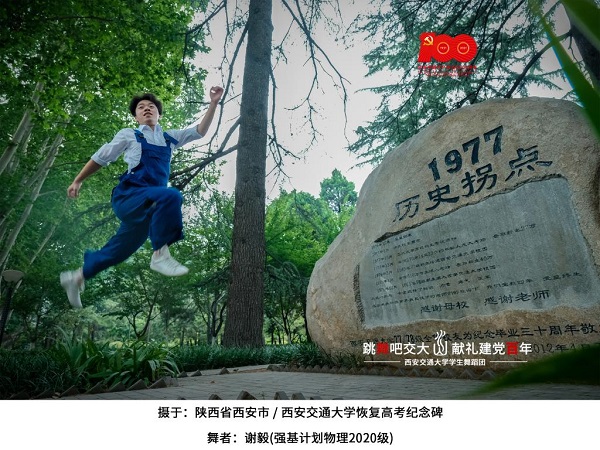
In November 1978, 18 farmers in Xiaogang village, Fengyang county, Anhui province, created a new form of rural management under the household contract responsibility system. They took an important step in the reformation of the rural economic system and ignited a profound and historic rural reform.
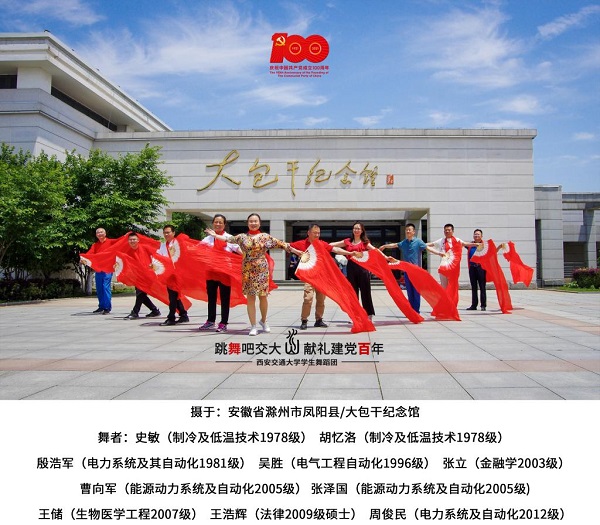
Since 1978, the state has designated December 11 (the anniversary of the Baise Uprising) as the anniversary of the establishment of the Guangxi Zhuang autonomous region. On the same day in 1949, the Chinese People's Liberation Army planted a red flag on Zhennanguan (now Youyiguan), marking the liberation of Guangxi.
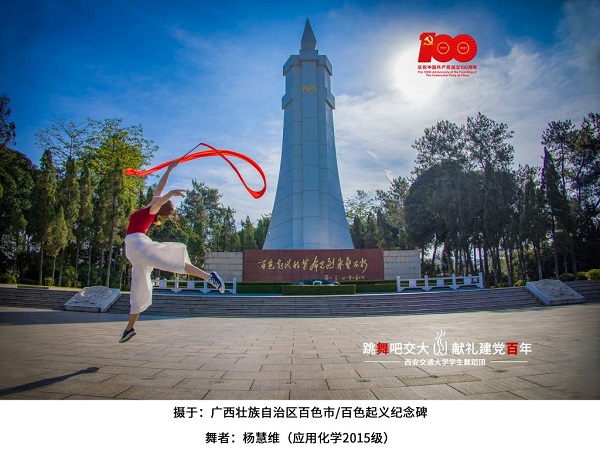
In August 1980, China established the Zhuhai Special Economic Zone.

In August 1980, China established the Shenzhen Special Economic Zone.

On Sept 15, 1981, China's first urban subway line, Beijing Metro Line 1, was officially opened to the public.

In May 1984, the Xining-Golmud section of the Qinghai-Tibet Railway was completed and opened to traffic. The Qinghai-Tibet Railway has strengthened the ties between vast areas of the country and Tibet, promoted cultural exchanges between the Tibetans and other ethnic groups, changed the appearance of poverty on the Qinghai-Tibet Plateau, and strengthened ethnic unity.
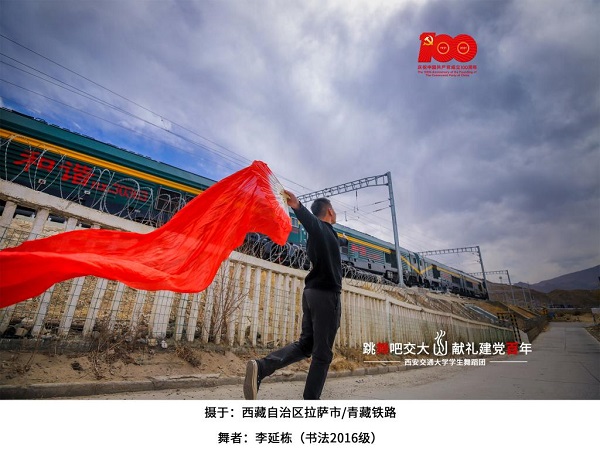
In May 1988, the Beijing High-tech Industrial Development Pilot Zone was established. It was China's first national-level high-tech industrial development zone, the first national independent innovation demonstration zone, and the first national-level talent special zone. It was the experimental field of China's system and mechanism innovation, and is known as the "Silicon Valley of China".

On Jan 1, 1989, the Gezhouba Water Conservancy Project was completed in Hubei province and became known as the "first dam" on the Yangtze River.
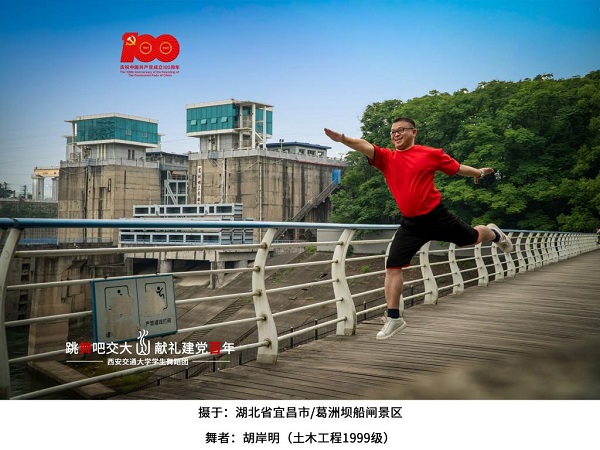
On April 18, 1990, Shanghai's Pudong New Area was officially opened, marking that China's economic reform and opening-up had shifted from a regional experiment to a stage of comprehensive development.
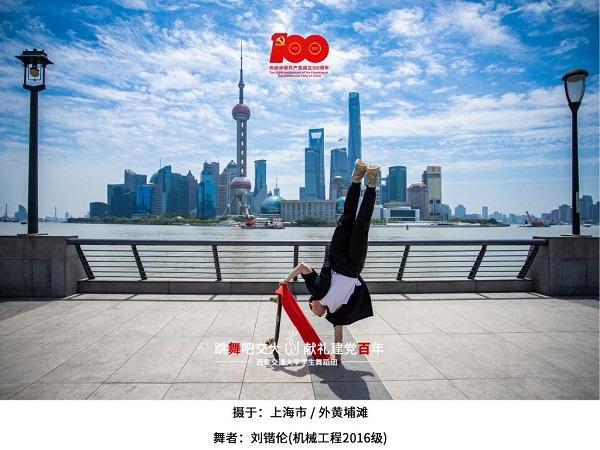
From Jan 18 to Feb 21, 1992, Deng Xiaoping inspected the South and delivered important speeches. The speeches highlighted the direction for the establishment of the socialist market economic system, and was of great significance to China's entire socialist modernization.
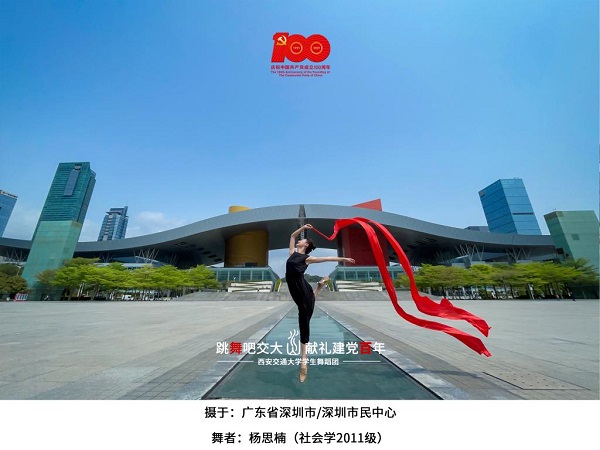
In February 1994, the Daya Bay Nuclear Power Plant was put into operation. This was the first large-scale commercial nuclear power plant in mainland China.
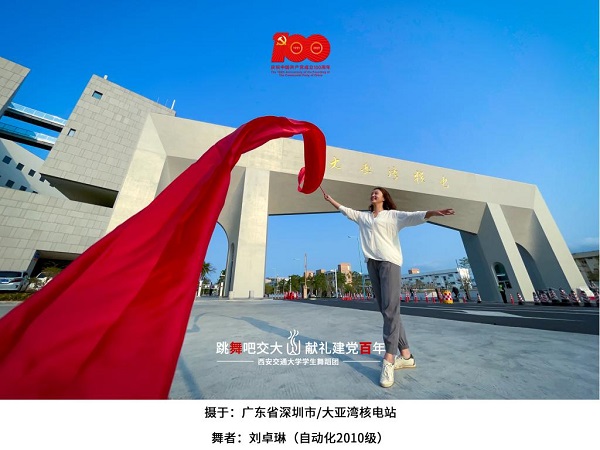
In March 1994, Tianjin Binhai New Area was established. This was the first national comprehensive reform and innovation zone approved by the State Council and is known as the "third pole of China's economic growth".
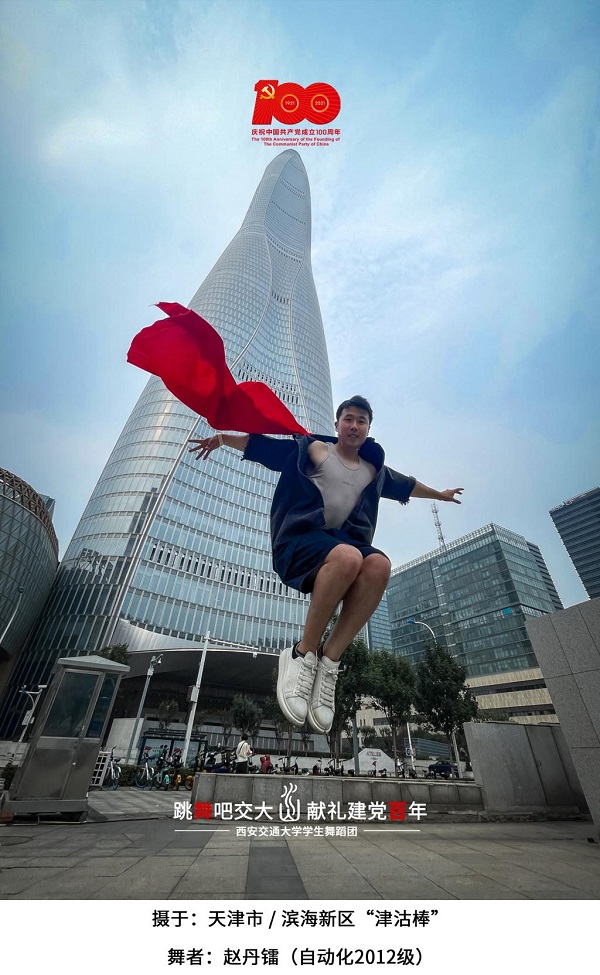
The completion of the Beijing-Kowloon Railway in June 1996 changed the "bottleneck" condition of China's railways and was of great significance when considering maintaining the stability and prosperity of Hong Kong and Macao. The railway promoted the peaceful reunification of the motherland, adapted the country to opening up, helped to develop the economy, and sped up the old revolutionary base areas along the route to eradicate poverty.
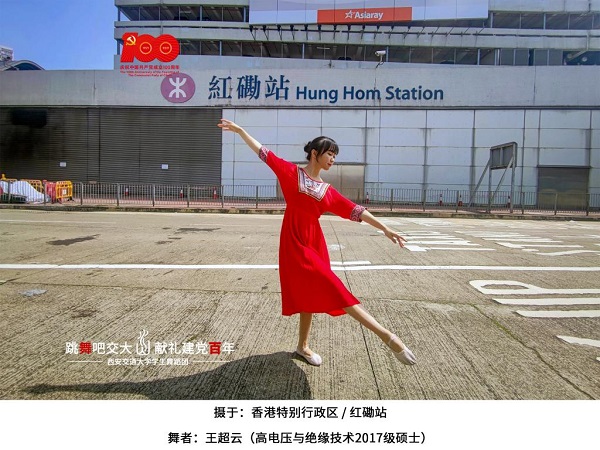
On June 18, 1997, Chongqing municipality was formally established, kicking off the prelude to the development of western China.
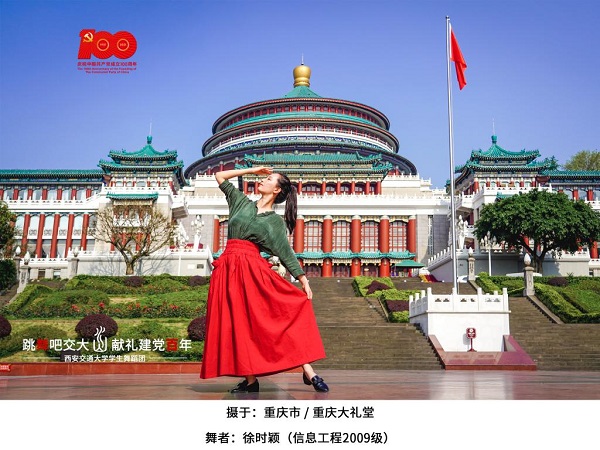
On July 1, 1997, the Chinese government resumed the exercise of sovereignty over Hong Kong. The return of Hong Kong has been an important step towards the complete reunification of the motherland.
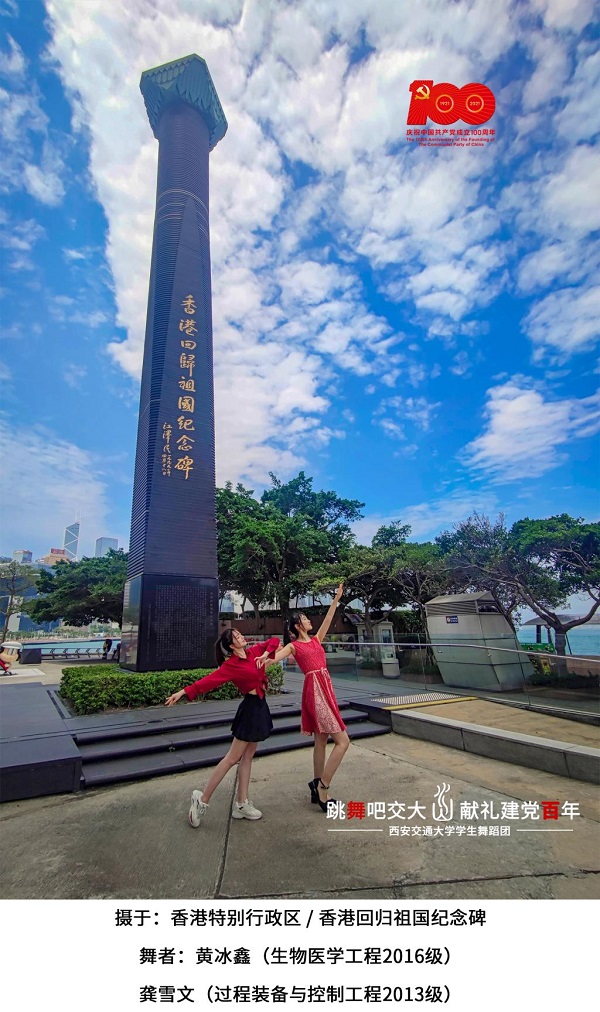
On Nov 8, 1997, the upstream and downstream cofferdams of the Three Gorges Project on the Yangtze River were closed, marking the completion of the first phase of the Three Gorges Project.
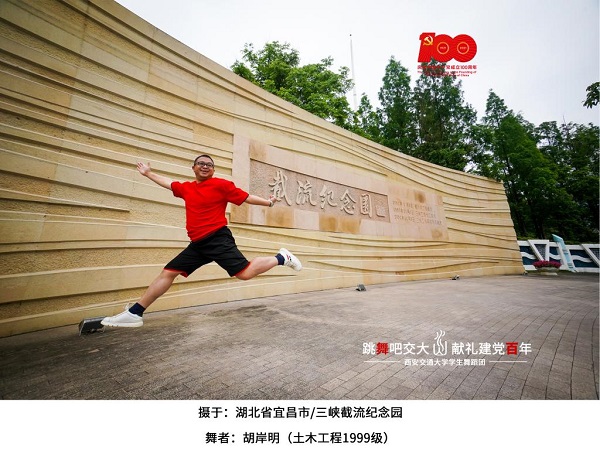
On Dec 20, 1999, the Chinese government resumed the exercise of sovereignty over Macao, and the Chinese nation took another important step in completing the reunification of the motherland.
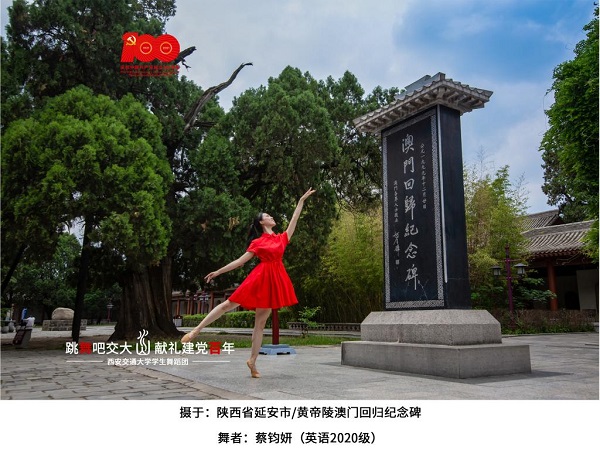
On Dec 27, 2002, the South-to-North Water Diversion Project started construction. This project is a basic project aiming to optimize the allocation of water resources and promote coordinated regional development. It is a strategic project that has received the largest amount of investment and most extensive coverage since the founding of the PRC. It is conducive to the long-term development of the Chinese nation.

In August 2004, the National Development and Reform Commission approved the establishment of Xi'an Yanliang National Aviation High-tech Industrial Base. The base is the only hi-tech aviation industrial base in China that integrates industry research and development, personnel training, equipment production, complete machine manufacturing, parts processing, and aviation services. It also has the largest test flight base in Asia—Yanliang Airport.
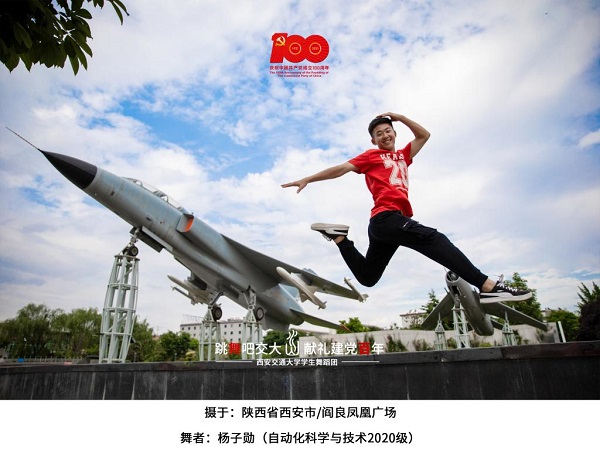
On May 8, 2008, the Beijing Olympic flame was lit on Mount Everest, the top of the world. The Chinese mountaineering team overcame numerous difficulties and fully demonstrated the spirit of self-improvement and hard work of the Chinese people. This is a feat in the history of the Olympics and a sacred gift from the Chinese people to the Olympics and to all mankind.
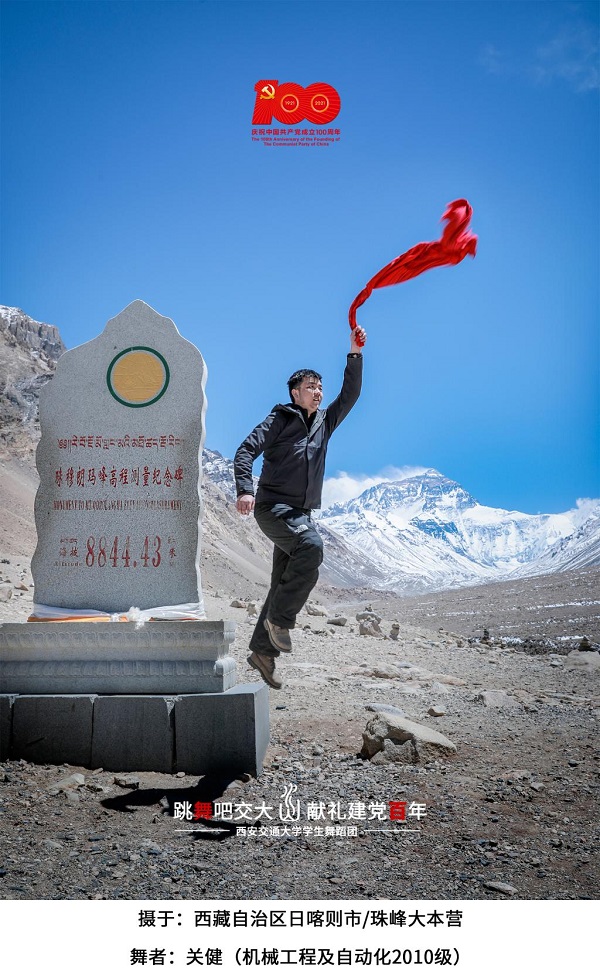
From Aug 8 to 24, 2008, the 29th Summer Olympic Games opened at the Beijing National Stadium (Bird's Nest). More than 60,000 athletes, coaches and officials from 204 countries and regions participated. The Beijing Olympics created 43 new world records and 132 new Olympic records. China topped the gold medal list with 51 gold medals, becoming the first Asian country in the history of the Olympics to do so.

On Sept 27, 2009, the Xinjiang Production and Construction Corps Monument was completed. The corps was formally established in October 1954 and is responsible for reclaiming and defending the borders.
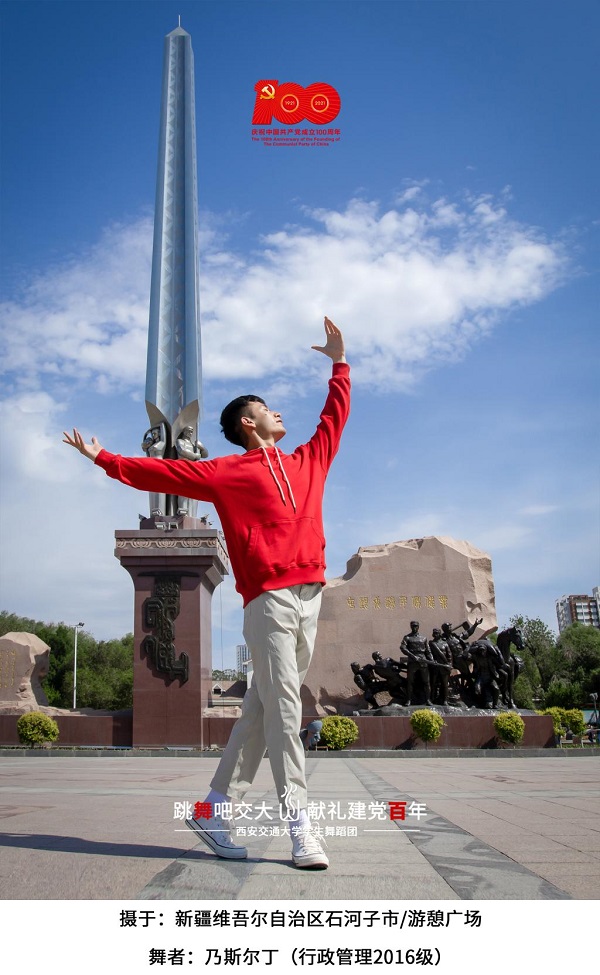
From May 1 to Oct 31, 2010, the 41st World Expo was held in Shanghai.
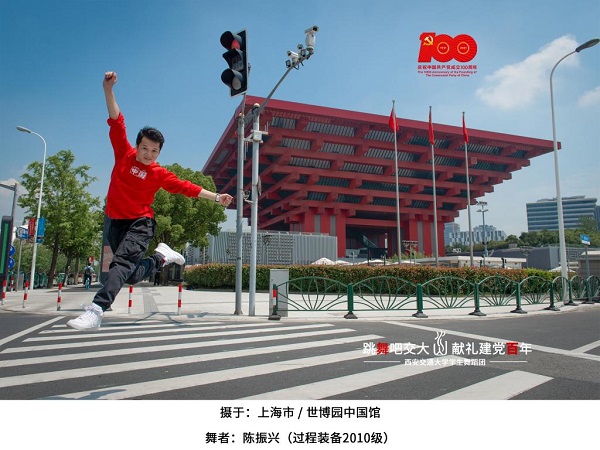
In October 2010, the "Tianhe-1" National Supercomputing Center settled in Changsha, Hunan province and became the third national supercomputing center approved by the Ministry of Science and Technology.
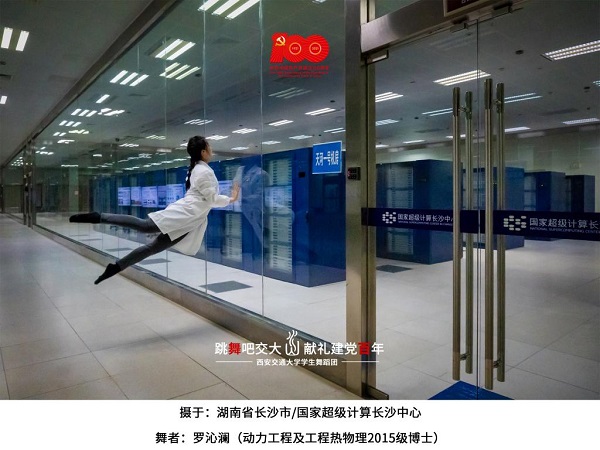
From Nov 12 to 27, 2010, the 16th Asian Games were held in Guangzhou. These were the Asian Games with the most events in history.
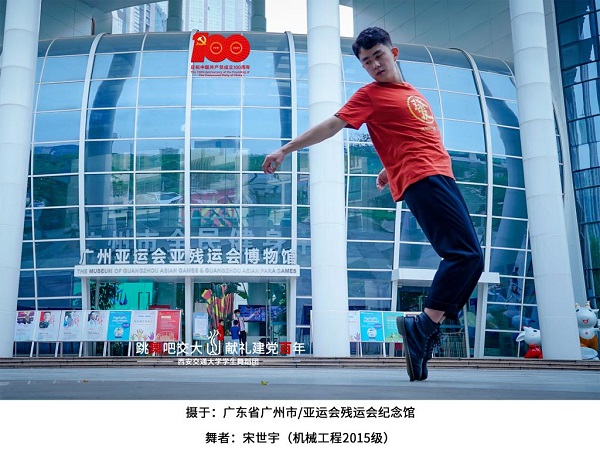
From April 28 to Oct 22, 2011, the 41st World Horticultural Exposition was held in Xi'an.
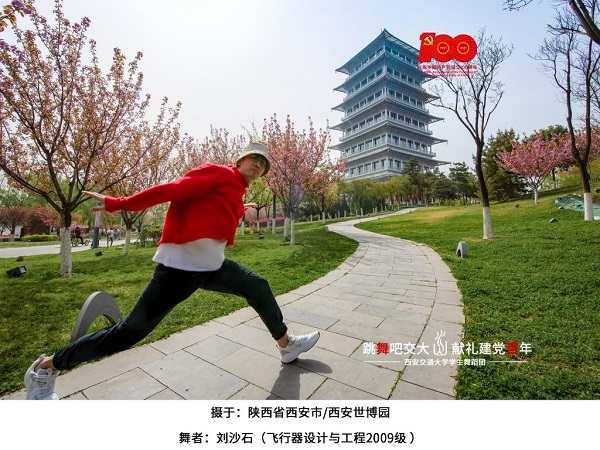
On Nov 29, 2012, national leadership visited the "Road to Rejuvenation" at the National Museum of China. They proposed, for the first time, the Chinese dream of realizing the great rejuvenation of the Chinese nation. Since then, the new era of Chinese socialism has set sail.
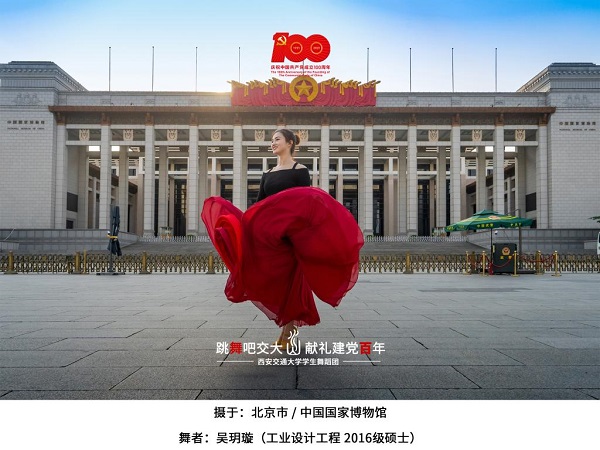
In 2013, "Targeted Poverty Alleviation" became widely known in Shibadong village, Hunan province, after which, local teams were stationed in villages to actively explore new models of targeted poverty alleviation that could be replicated and promoted.

Throughout September and October 2013, the Belt and Road Initiative was formally introduced. It sought to hold high the banner of peaceful development, actively develop economic partnerships with neighboring countries, and jointly build a community of interests, in the hopes of political mutual trust, economic integration, cultural inclusiveness, and a shared responsibility and future.
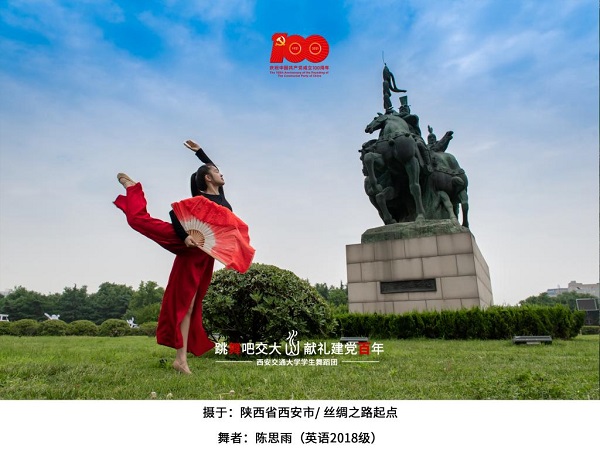
In November 2014, the APEC Summit was held in Beijing, which was the first time it had been held in China for 13 years, having previously being held in Shanghai in 2001.
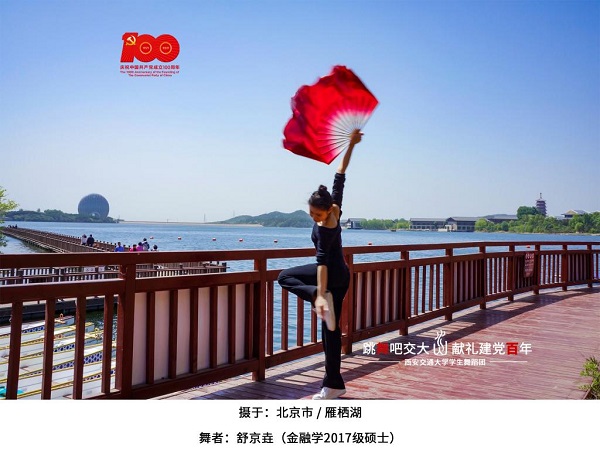
In 2015, the Wenchang Space Launch Center was officially opened in Hainan province. The center was mainly responsible for the launch of spacecraft such as geosynchronous orbiting satellites, massive polar-orbiting satellites, large-tonnage space stations, and deep space exploration satellites.
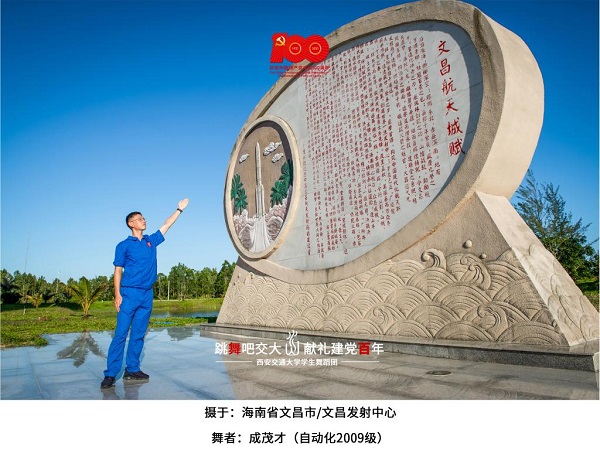
On Aug 31, 2016, the China (Shaanxi) Pilot Free Trade Zone was established. As the only pilot free trade zone in northwest China, it will create a new highland for inland reform and opening up. It will also explore new models of economic cooperation and cultural exchanges between inland regions and countries along the "Belt and Road".
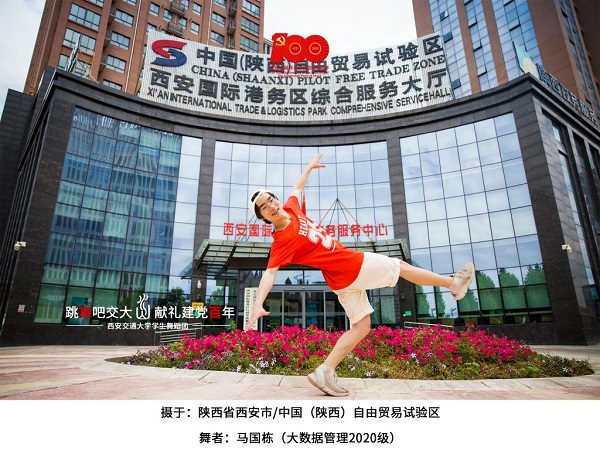
At 9 am on Oct 18, 2017, the 19th National Congress of the CPC opened in the Great Hall of the People in Beijing.
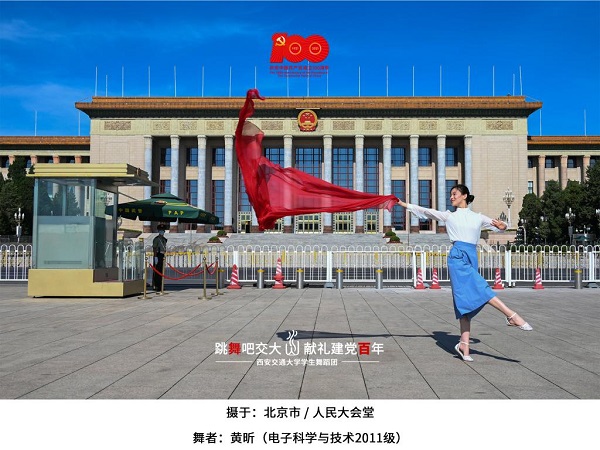
From Dec 3 to 5, 2017, the 4th World Internet Conference was held at Wuzhen Internet International Convention and Exhibition Center.
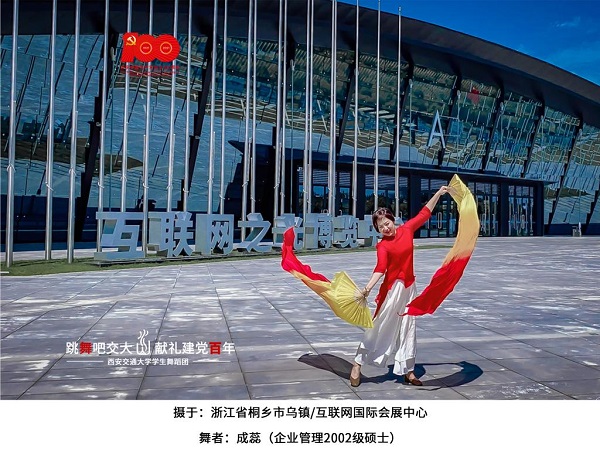
On Sept 7, 2019, the iHarbour was officially opened. It was jointly built by the Ministry of Education and the People's Government of Shaanxi Province. It is Shaanxi's largest incubator and "special zone" for the transformation of scientific and technological achievements, as well as the general window and driven platform for innovation in Shaanxi.
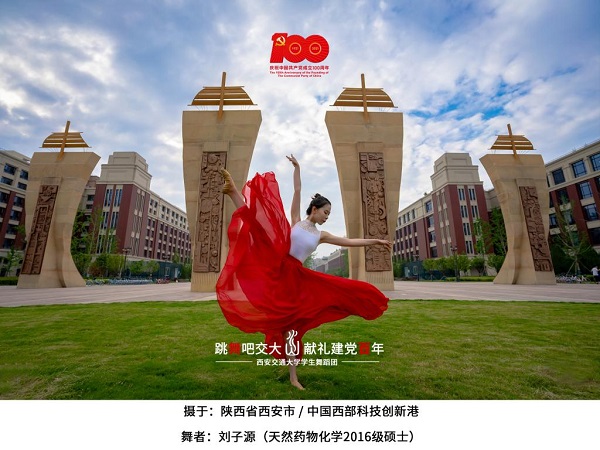
It was positioned as a global highland of science and education, an engine for serving Shaanxi, an innovation-driven platform, and a demonstration zone for smart learning.
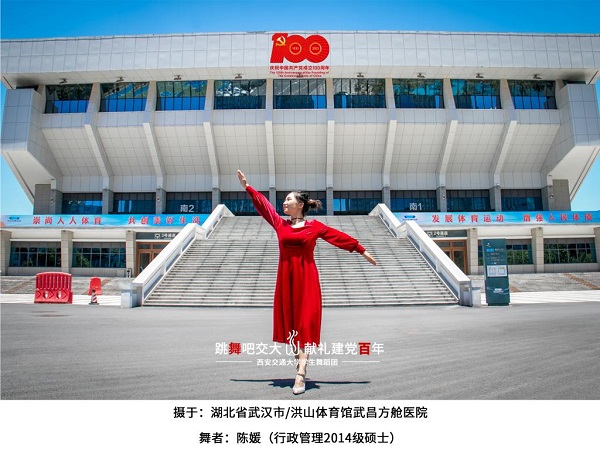
On March 10, 2020, the first mobile-cabin hospital in Wuhan officially closed, ensuring all COVID-19 patients were cured and discharged. Since then, all 16 mobile-cabin hospitals in Wuhan closed gradually, curing over 12,000 COVID-19 patients with mild symptoms. This was an important phased achievement in Wuhan's anti-virus fight and pioneering work in the history of humanity fighting against infectious diseases.

In April 2020, the development concept that "lucid waters and lush mountains are invaluable assets" spread across the whole country from Yucun village, Anji county, Huzhou city, Zhejiang province.

On Aug 14, 2020, Shenzhen became the country's first city with full coverage of a 5G independent network and its 5G base station being of the largest density.
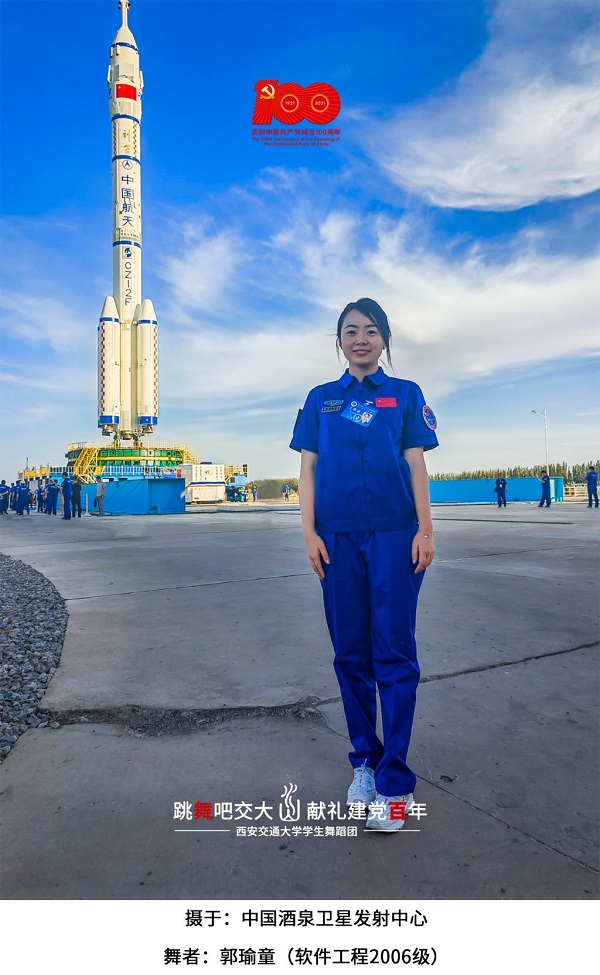
On June 17, 2021, the Shenzhou XII spacecraft was successfully launched. Astronauts Nie Haisheng, Liu Boming, and Tang Hongbo entered the Tianhe core module successively, marking the Chinese entry into their own space station for the first time.
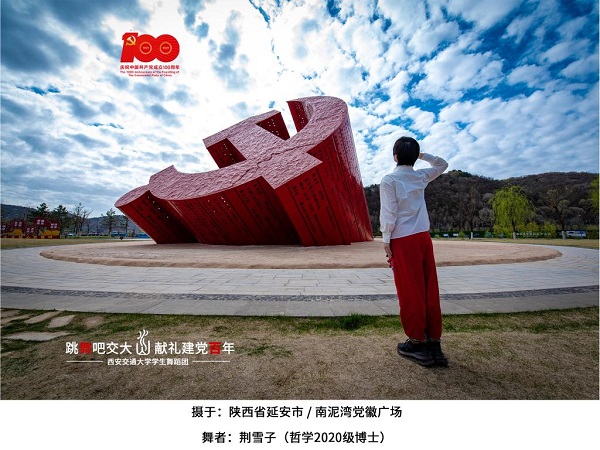
The century-long journey has been magnificent, with an unchangeable heart and origin. From Shikumen in Shanghai to Nanhu Lake in Jiaxing, a small red boat carried the trust of the people and the hopes of the nation. It has crossed the rapids and turbulent waves, and has become a giant ship that leads China's steady and long journey. After 100 years of elegance, the CPC is forever determined to make great achievements for the Chinese nation in the years to come.
